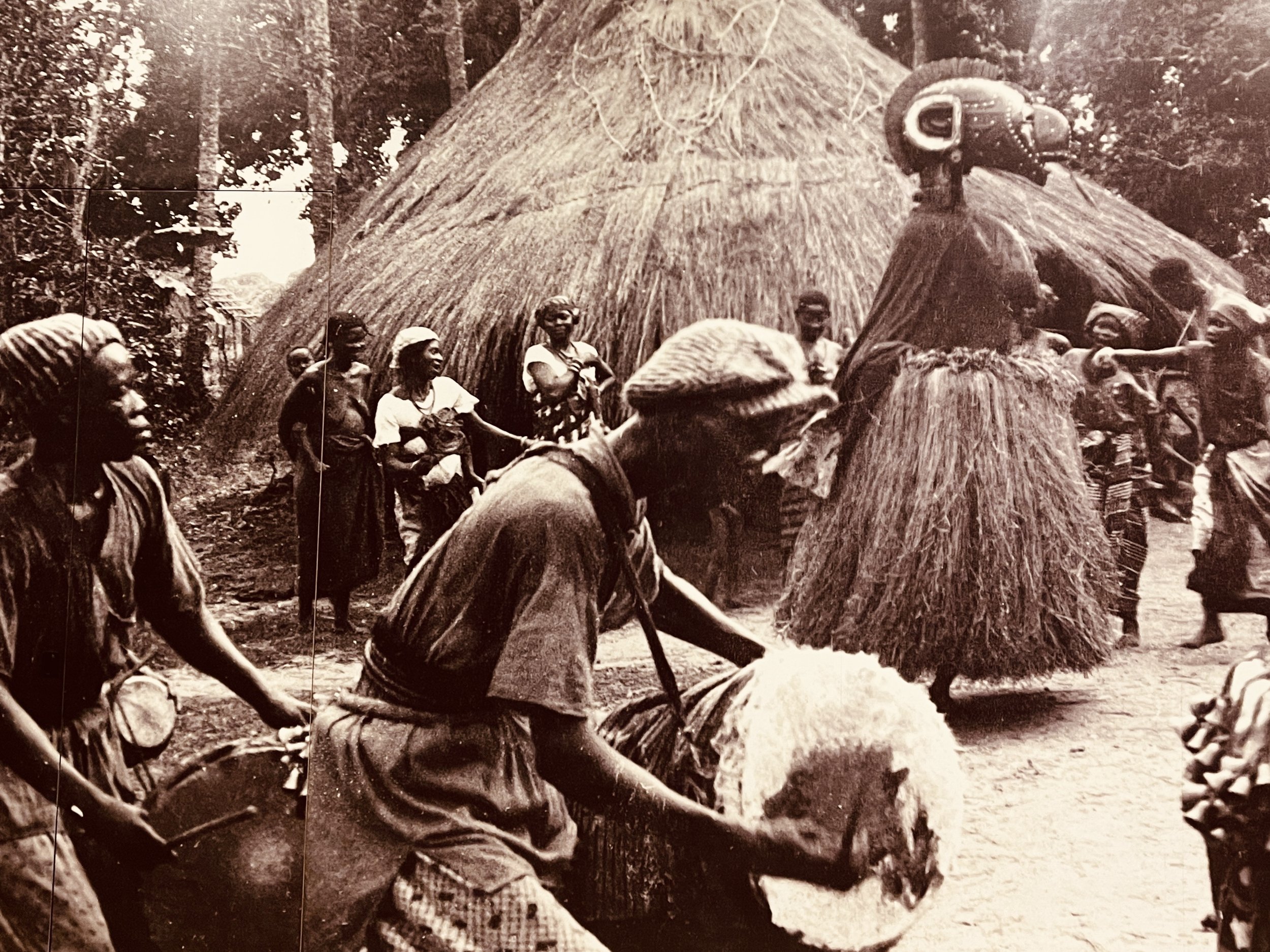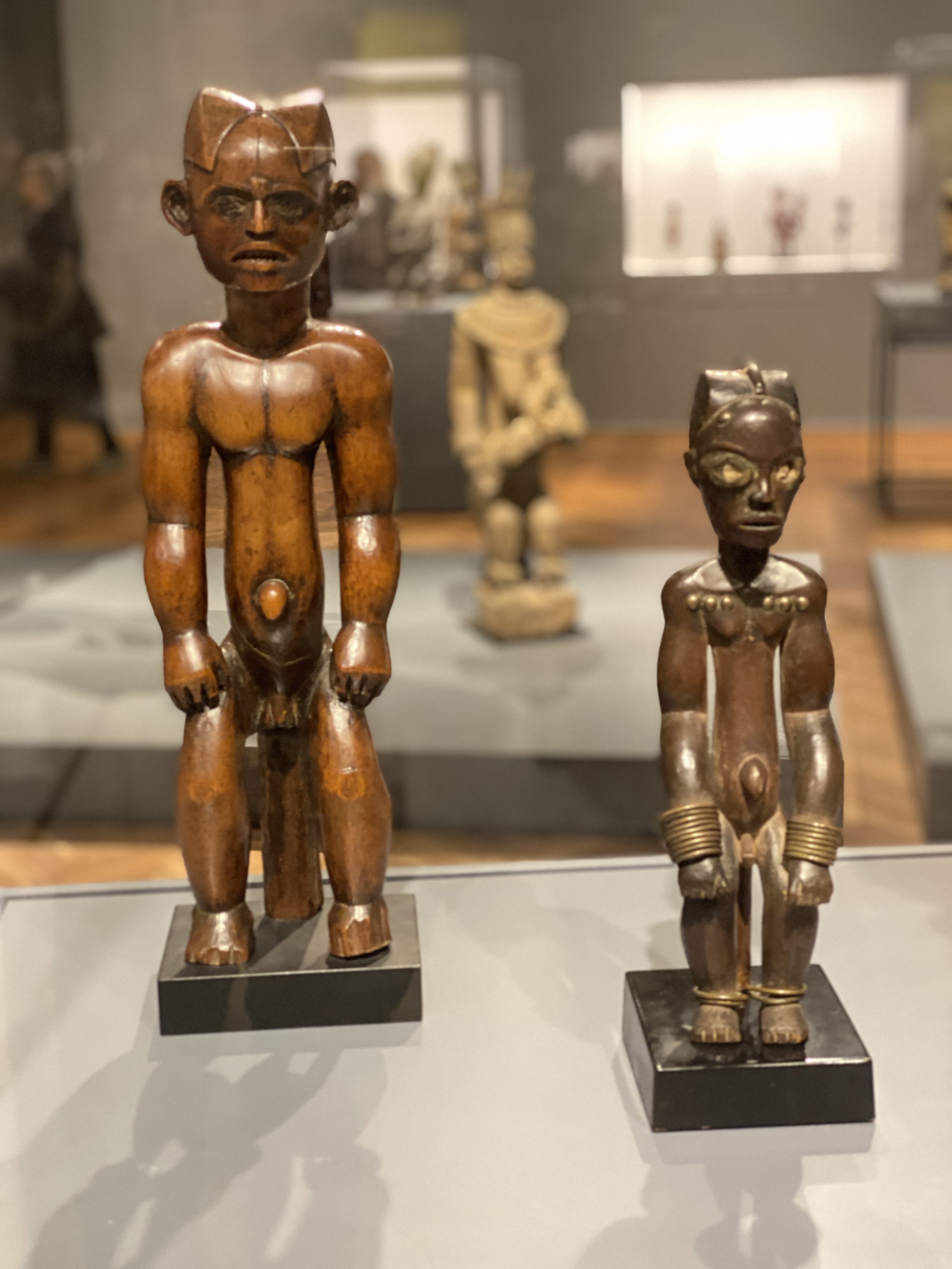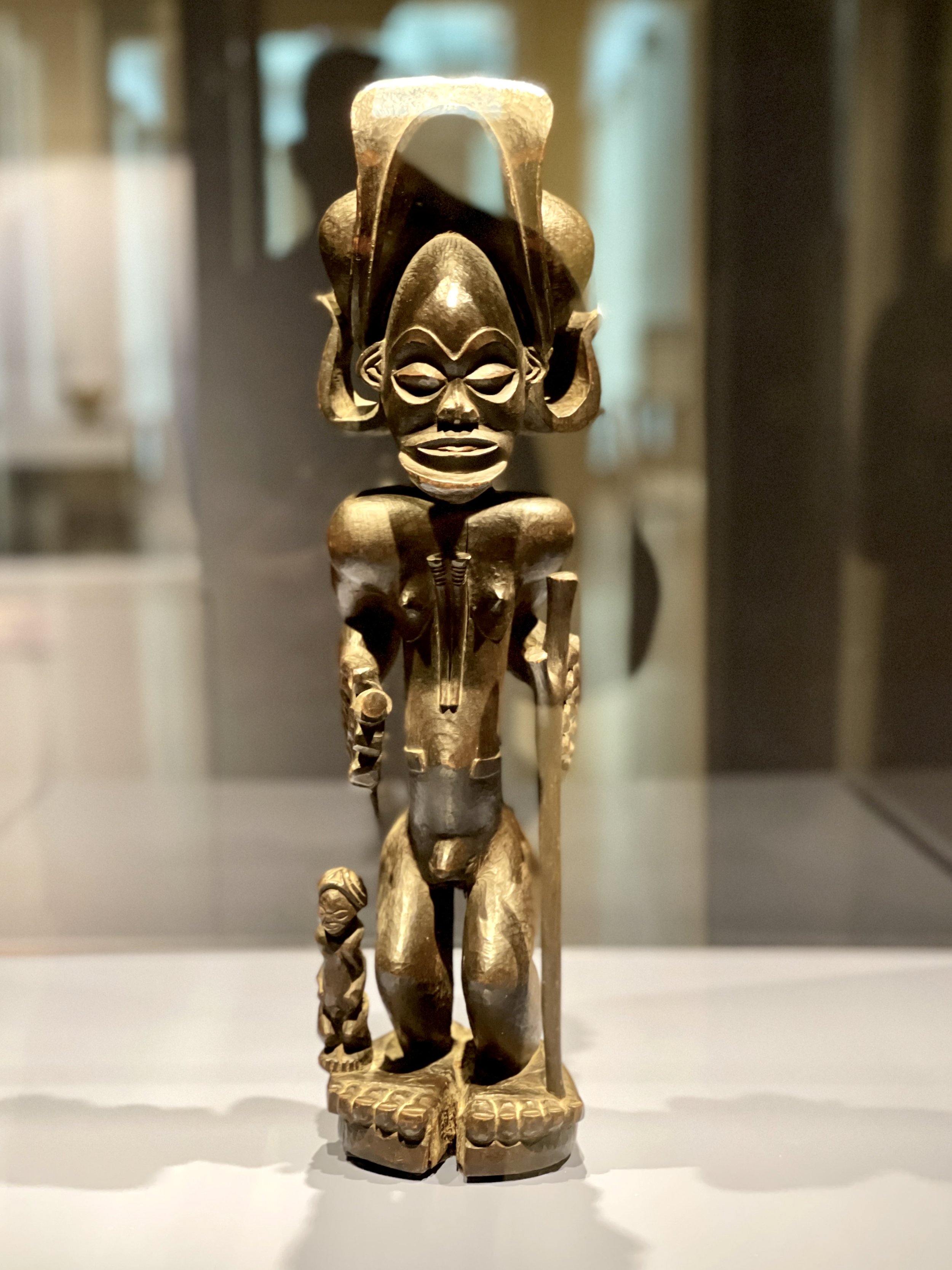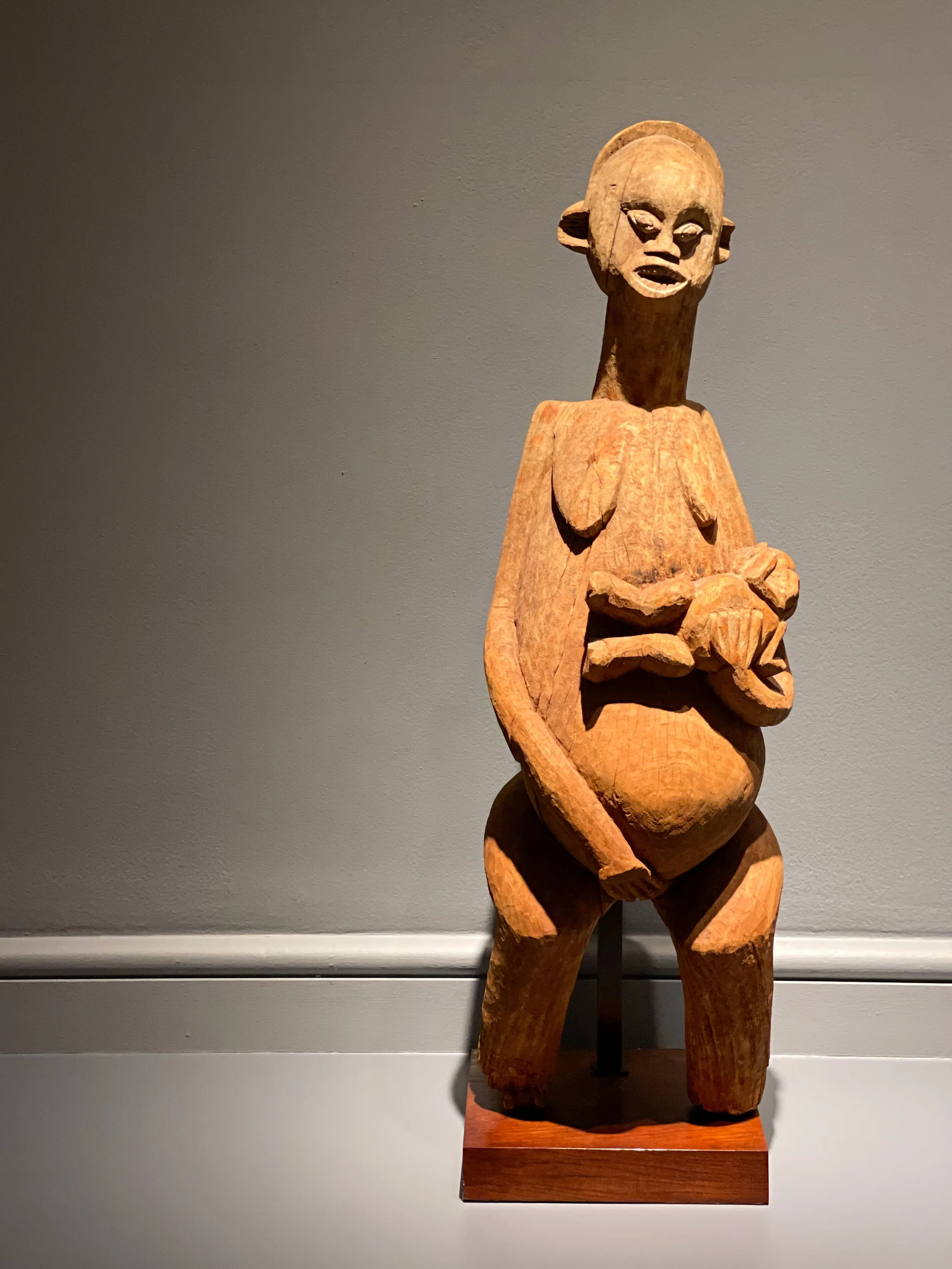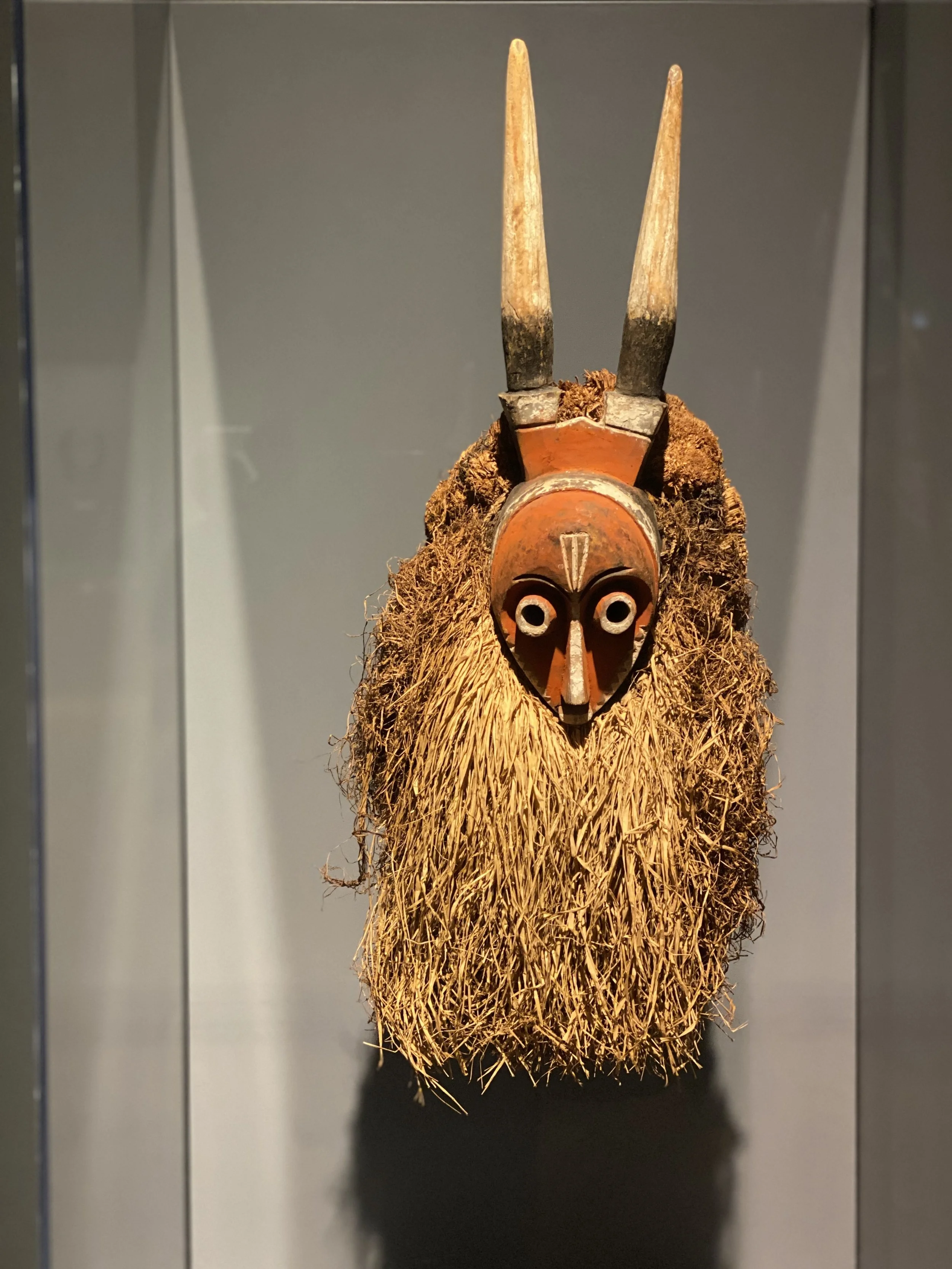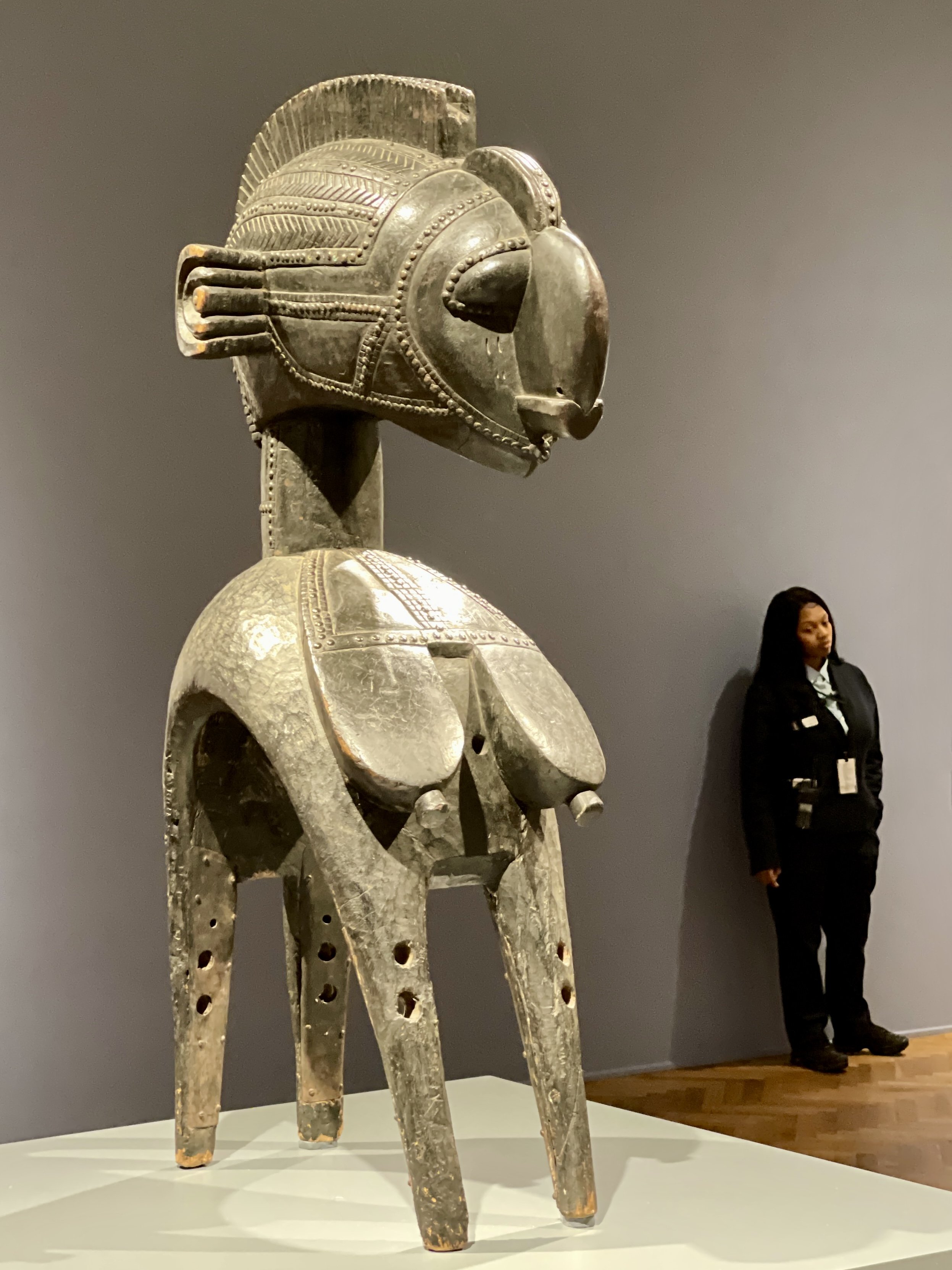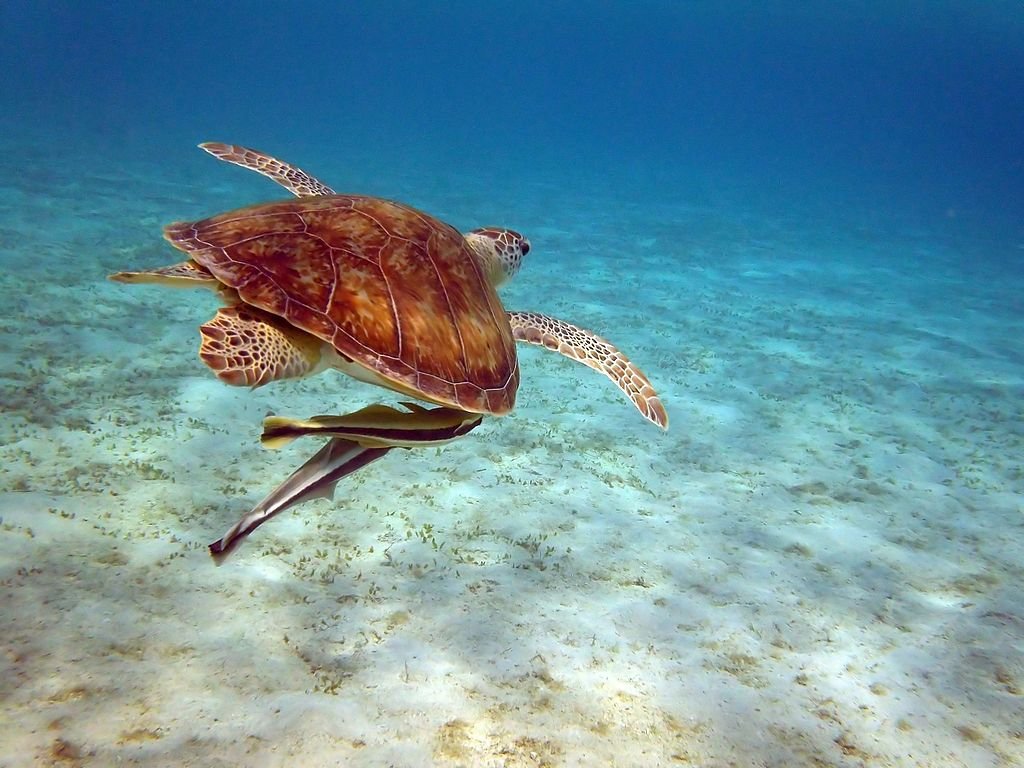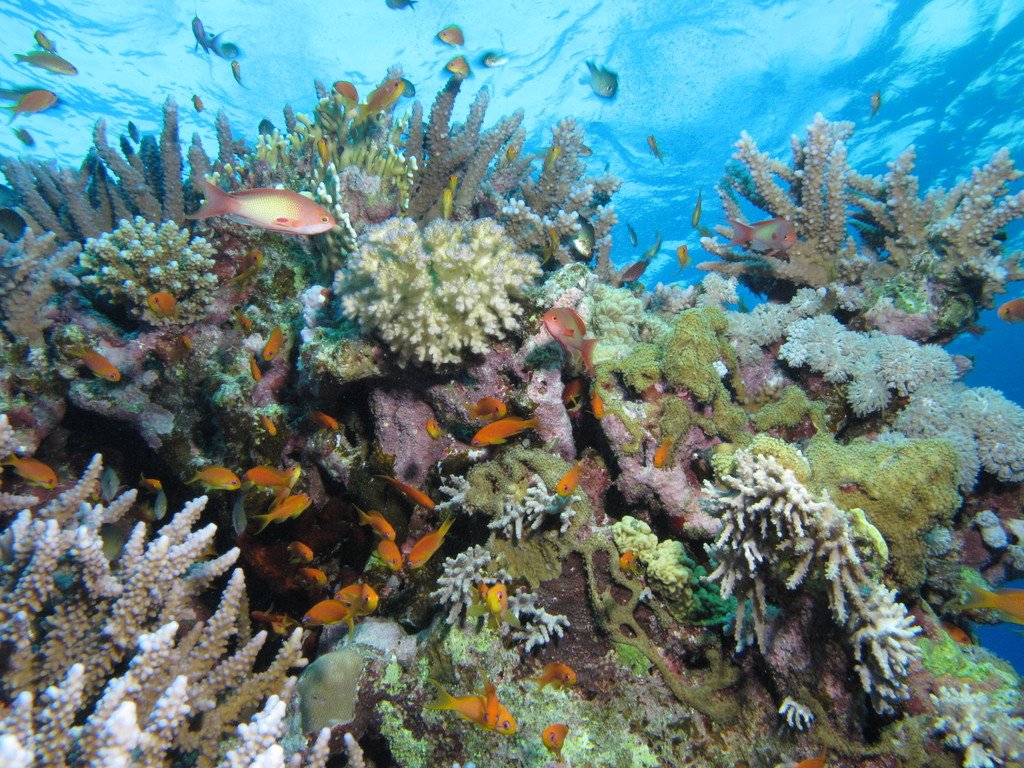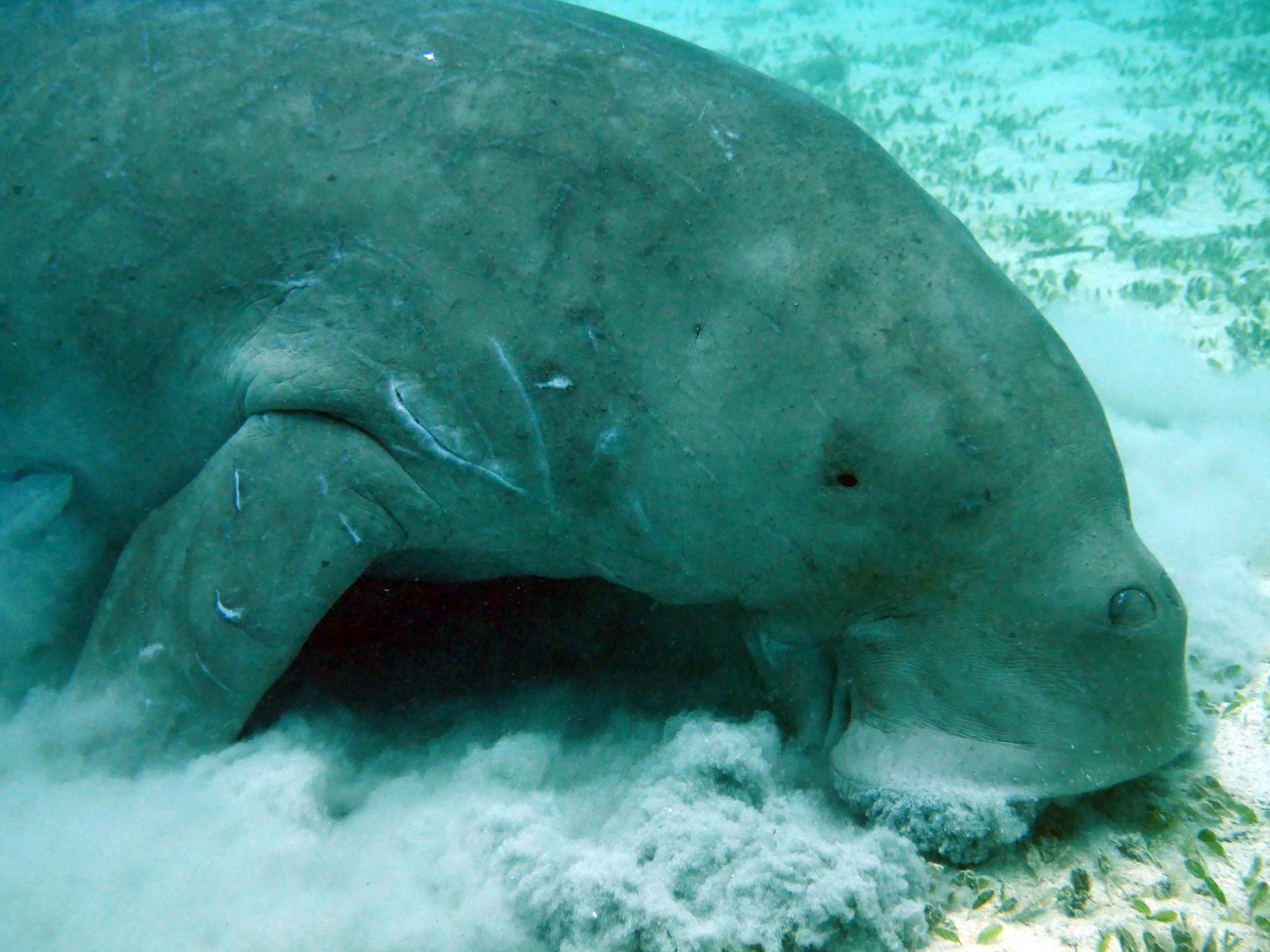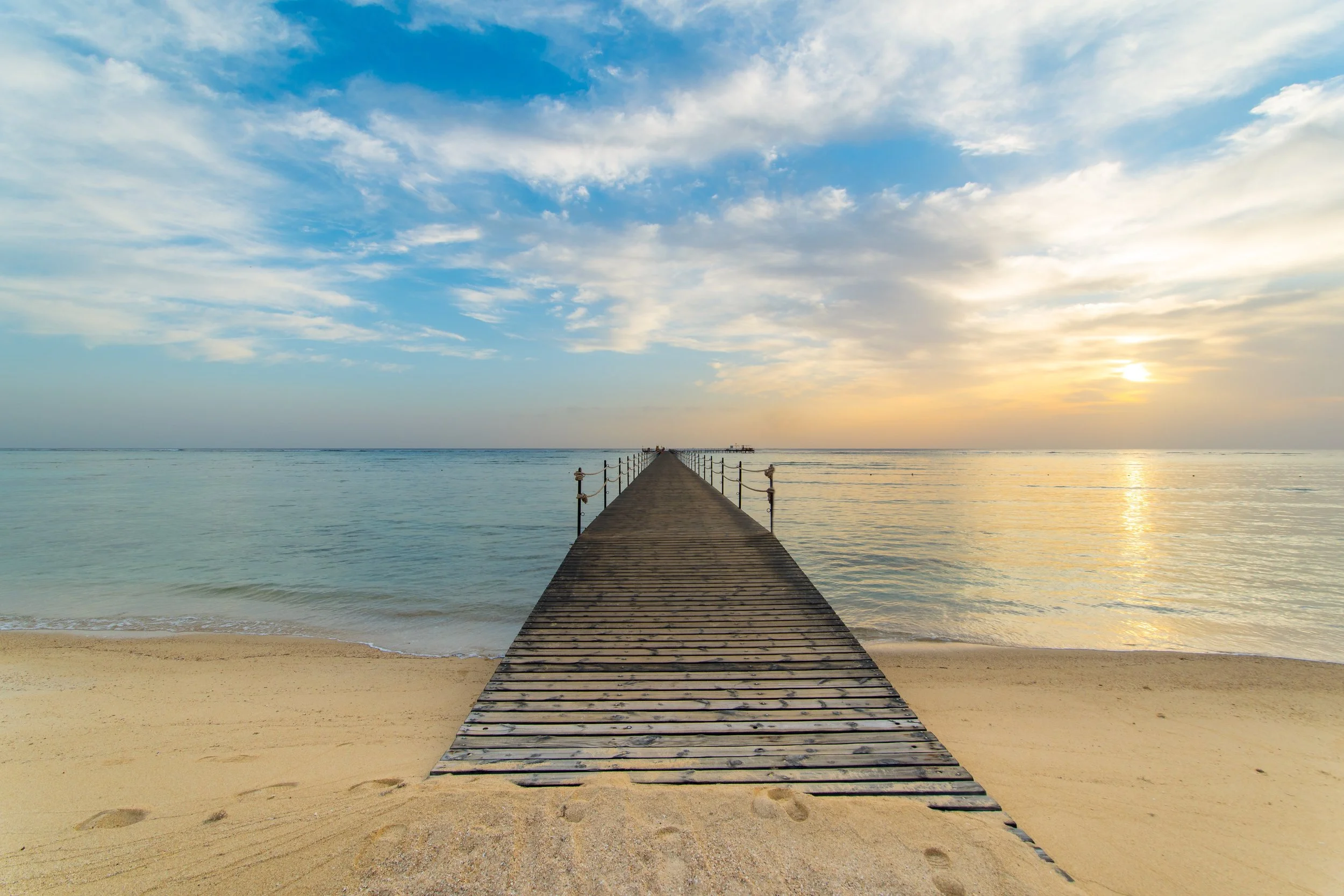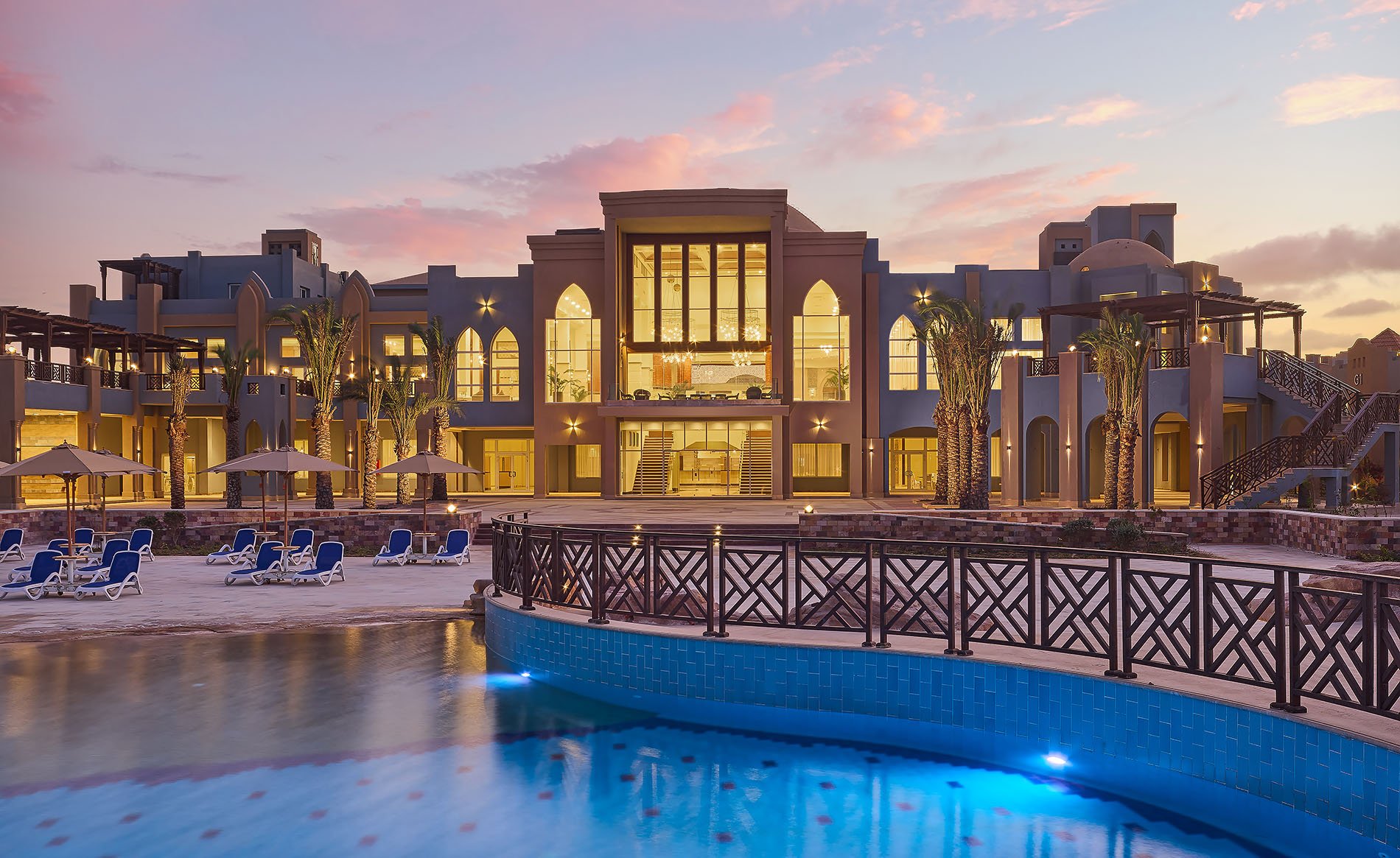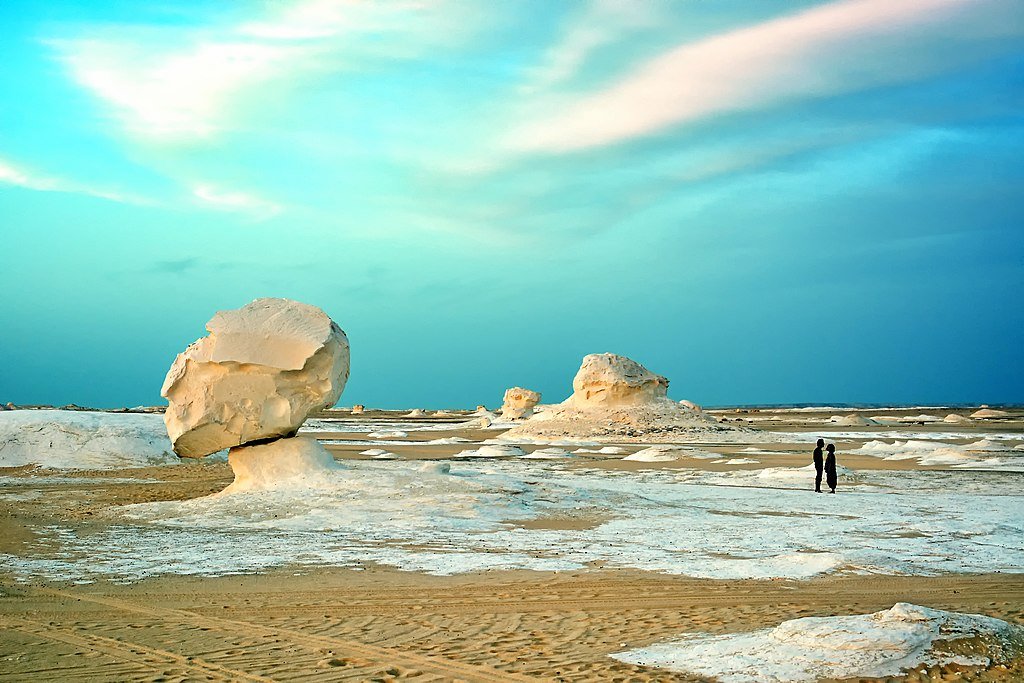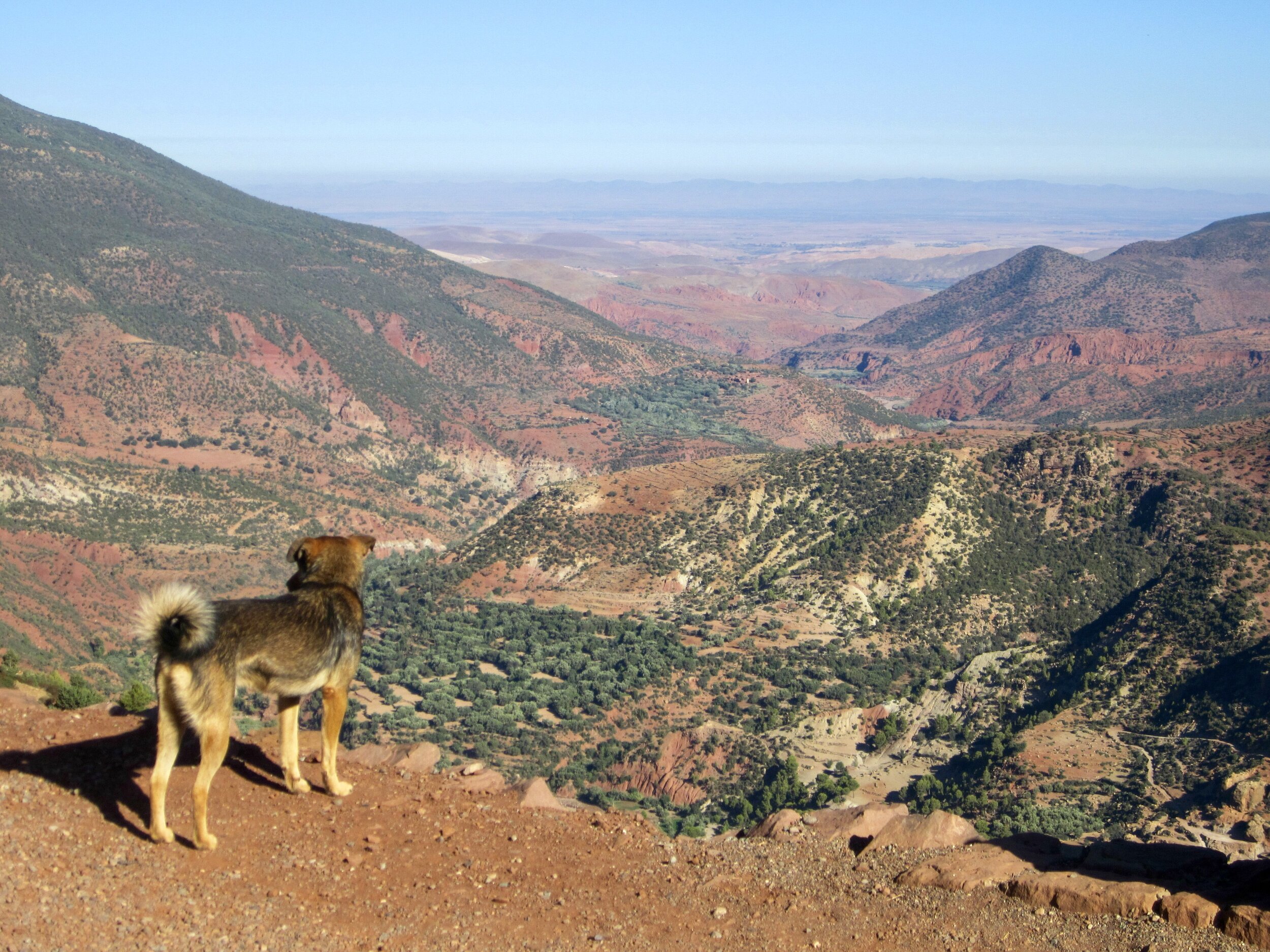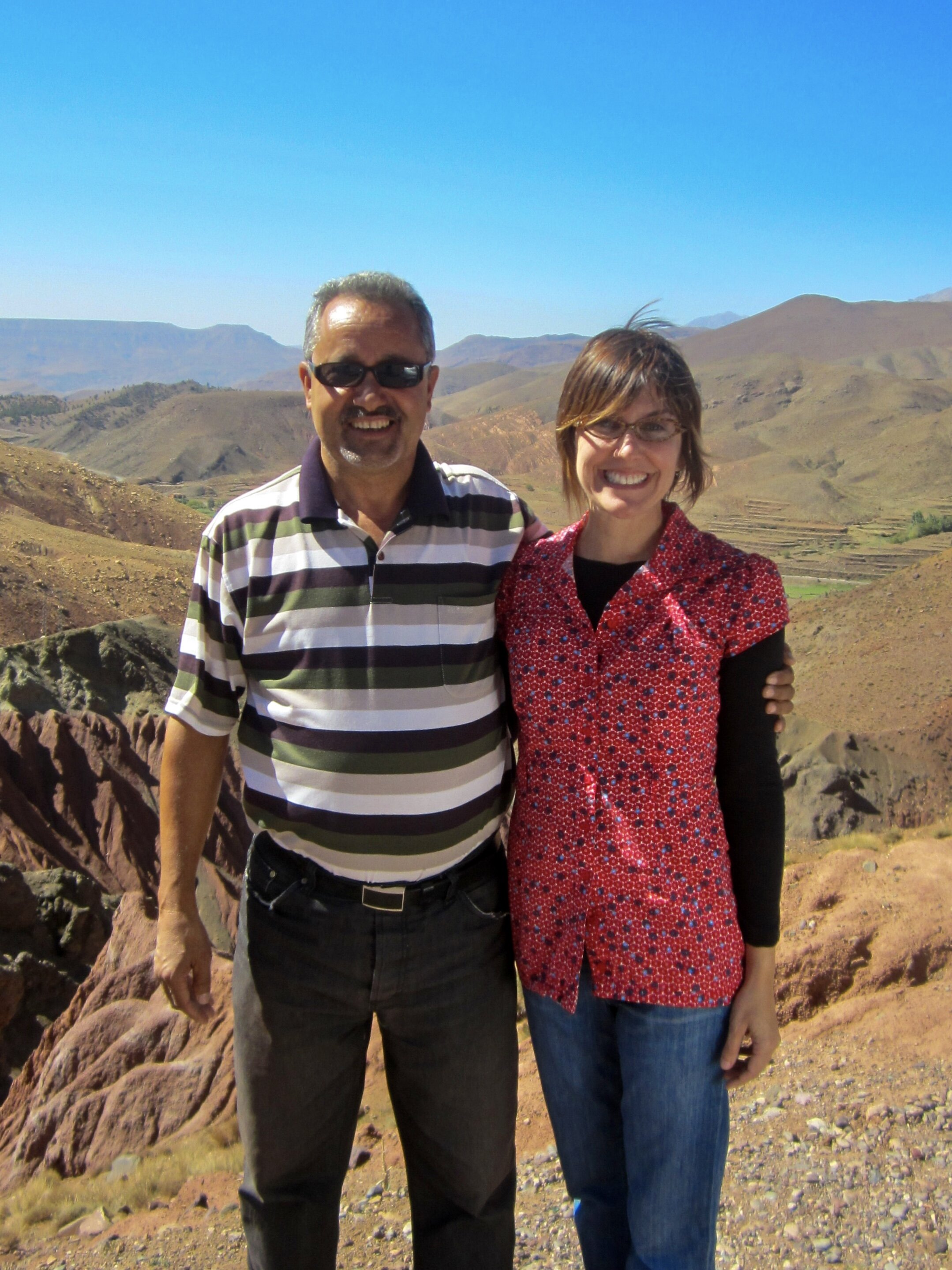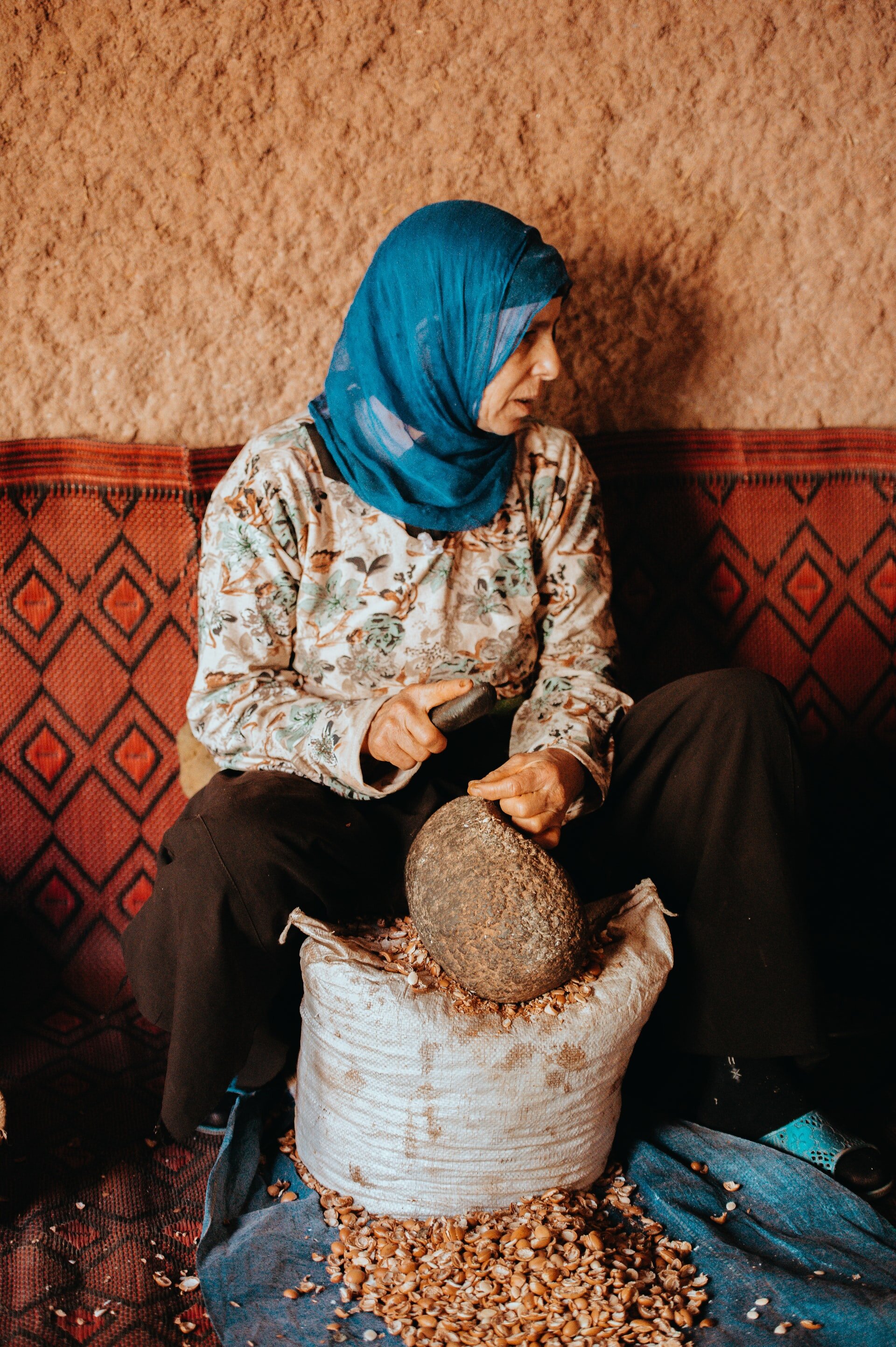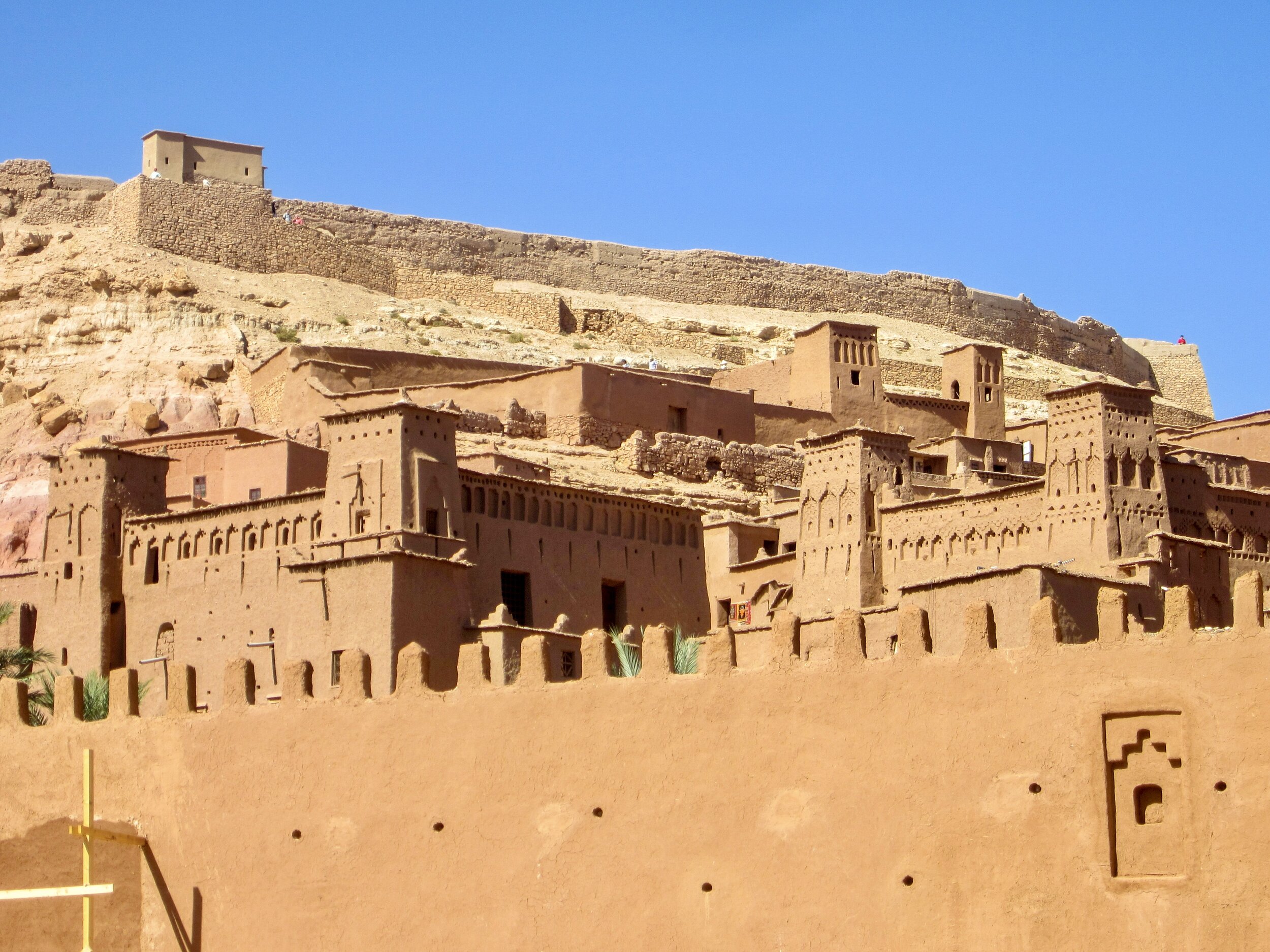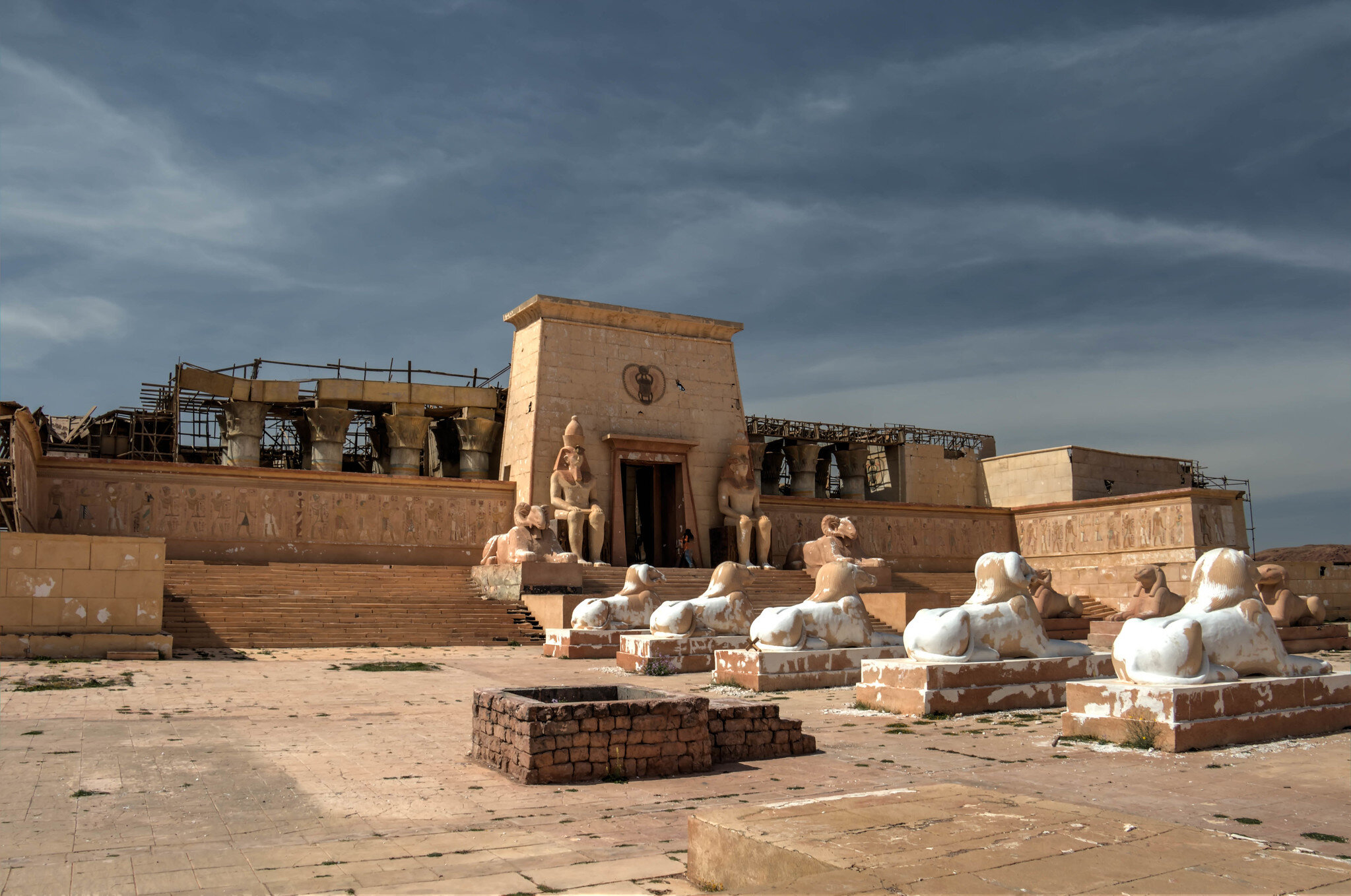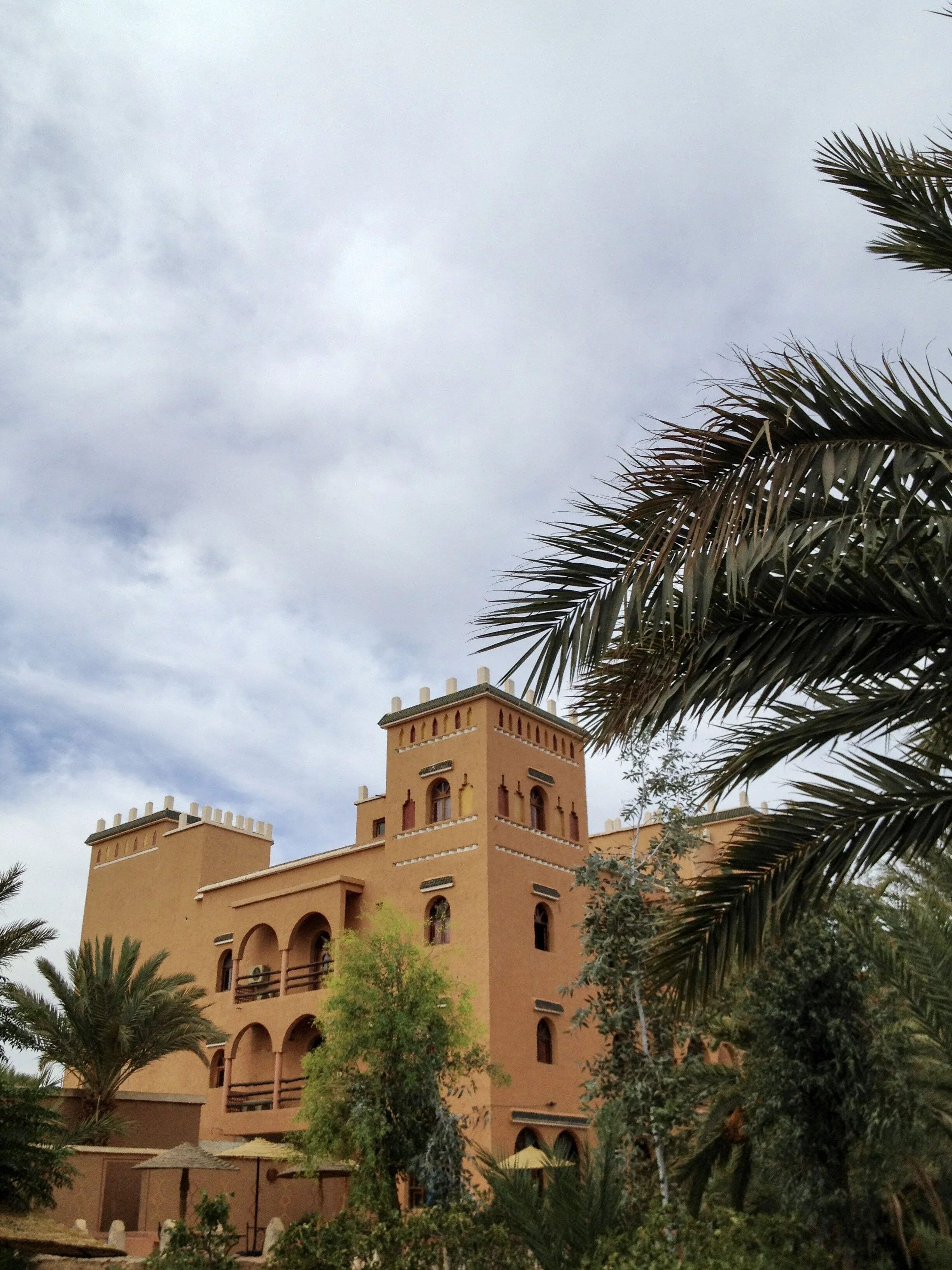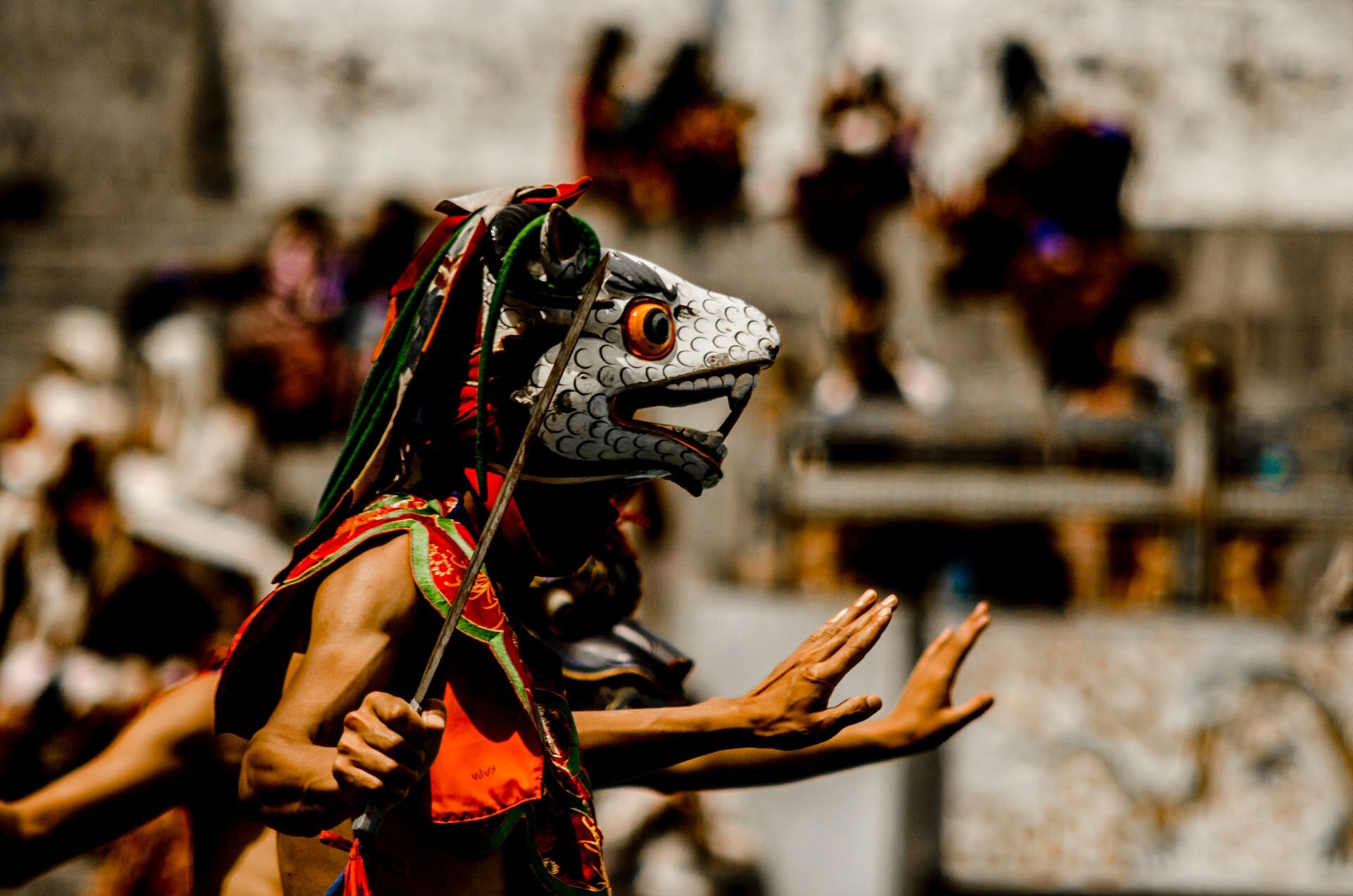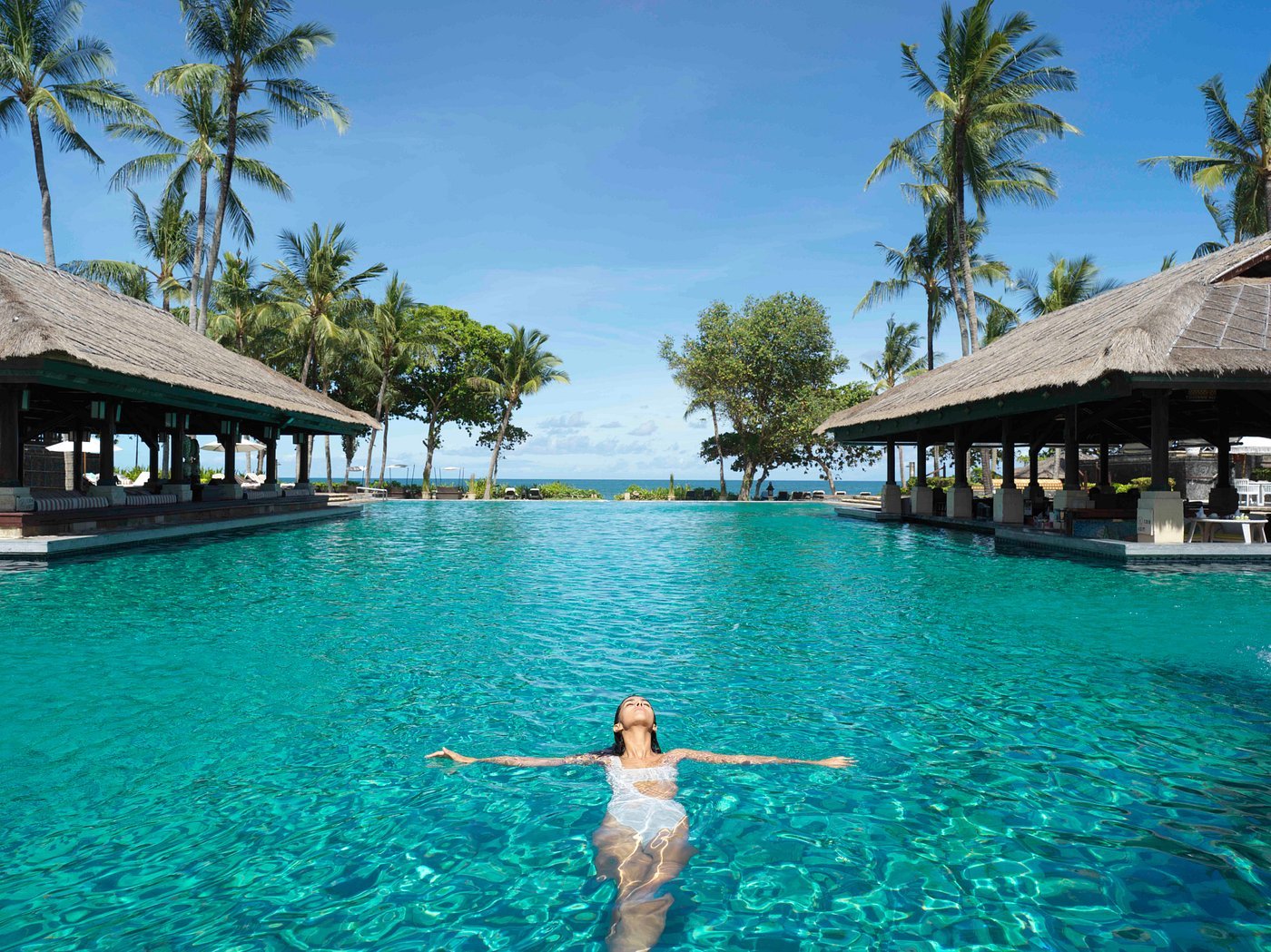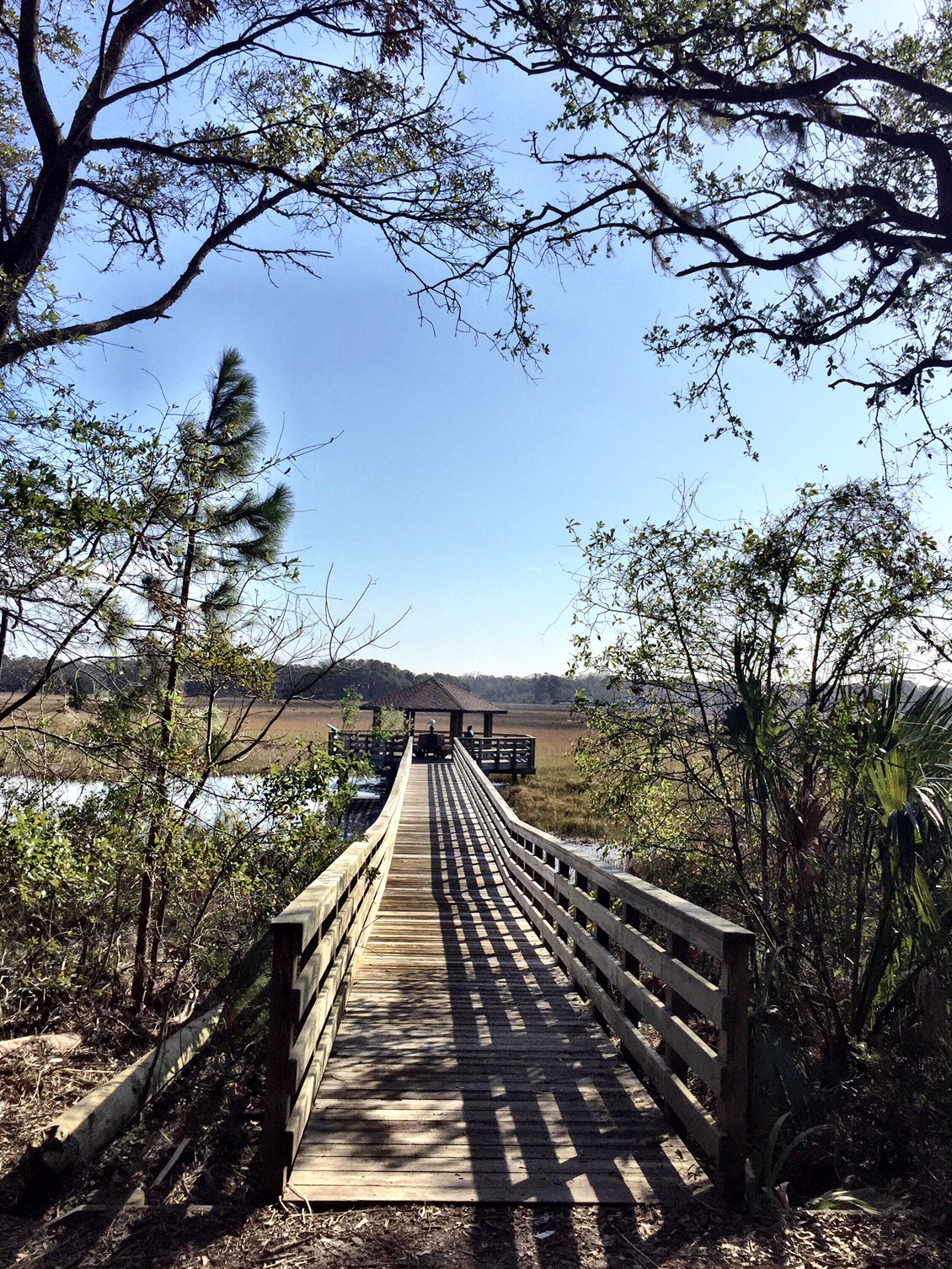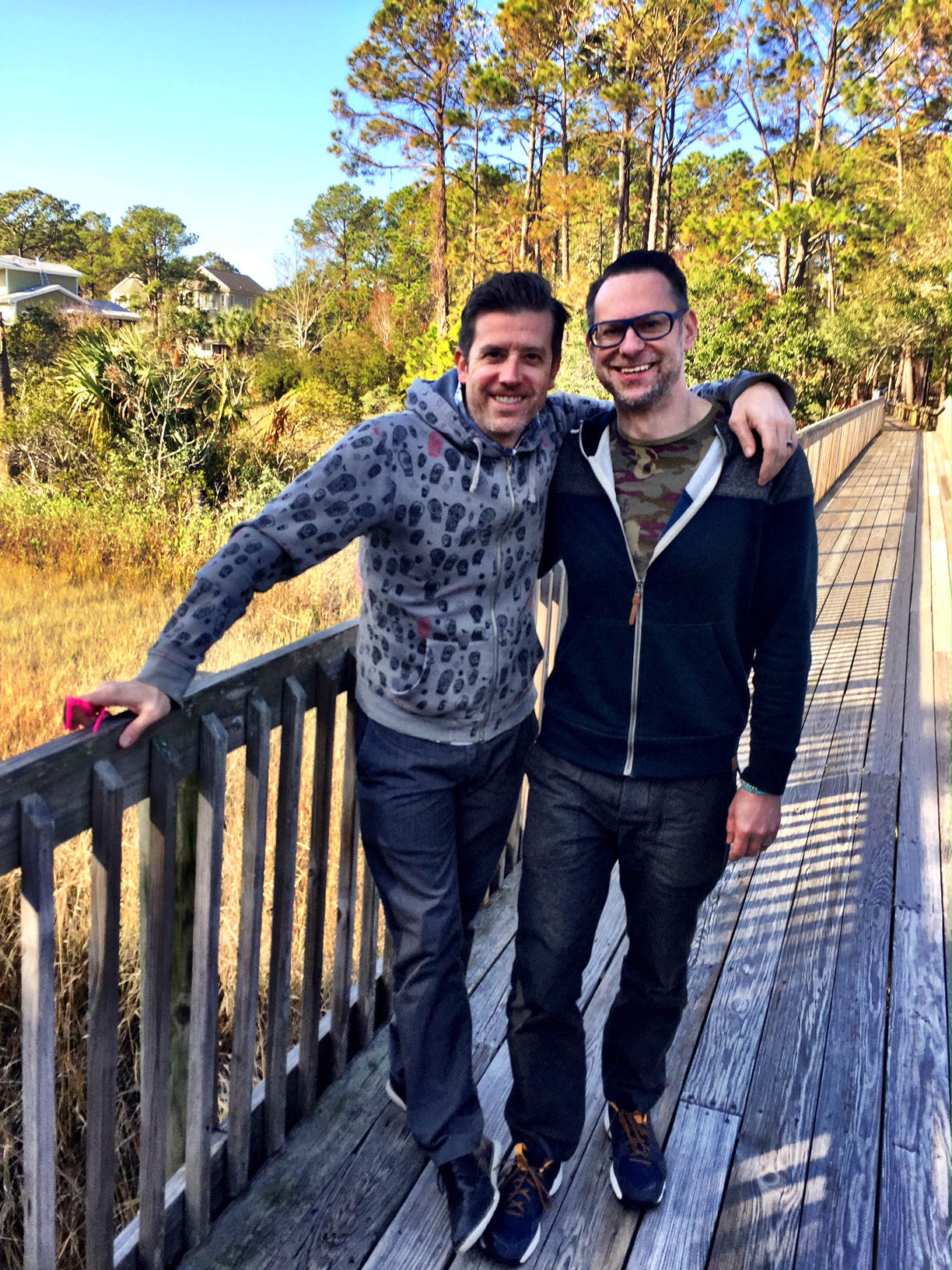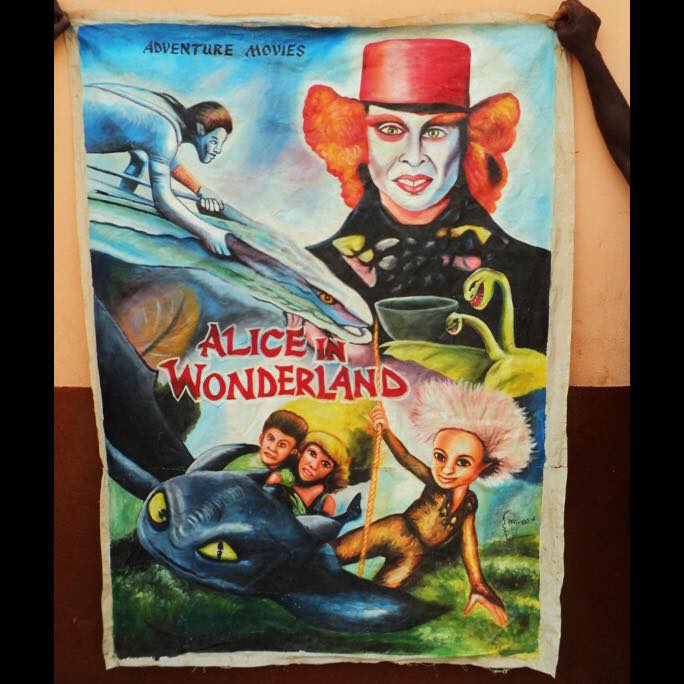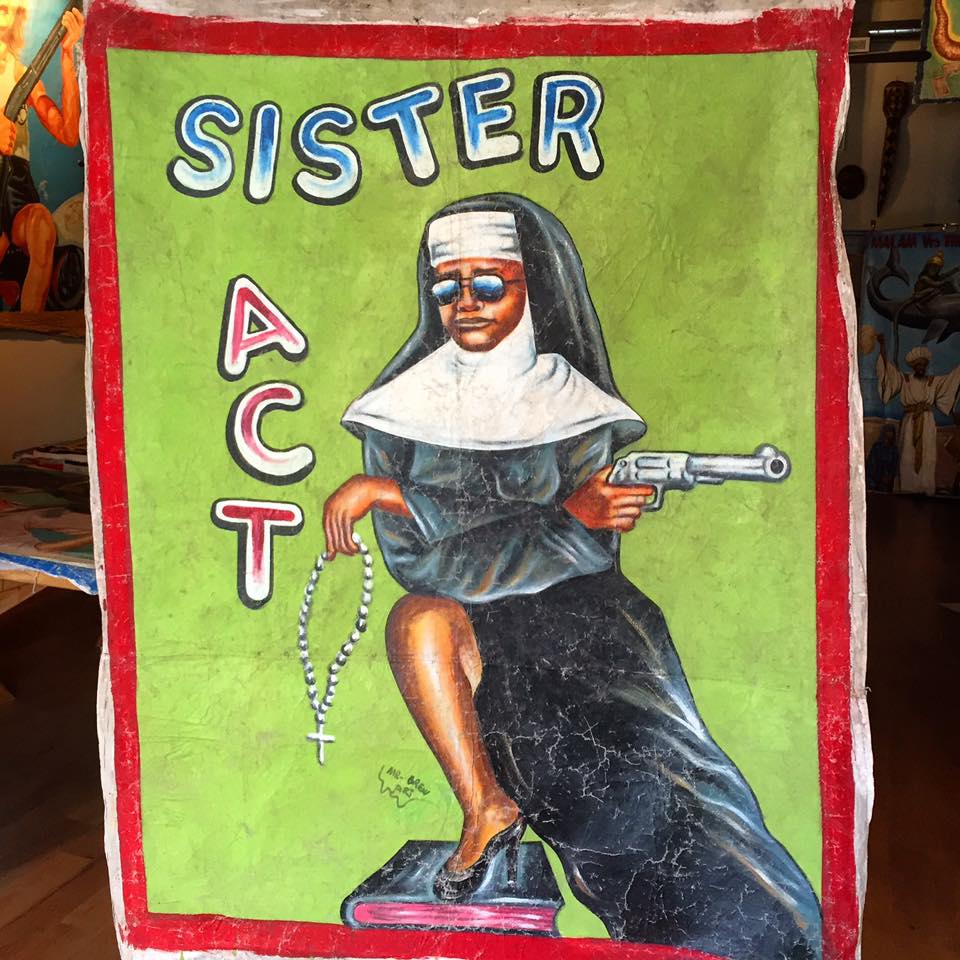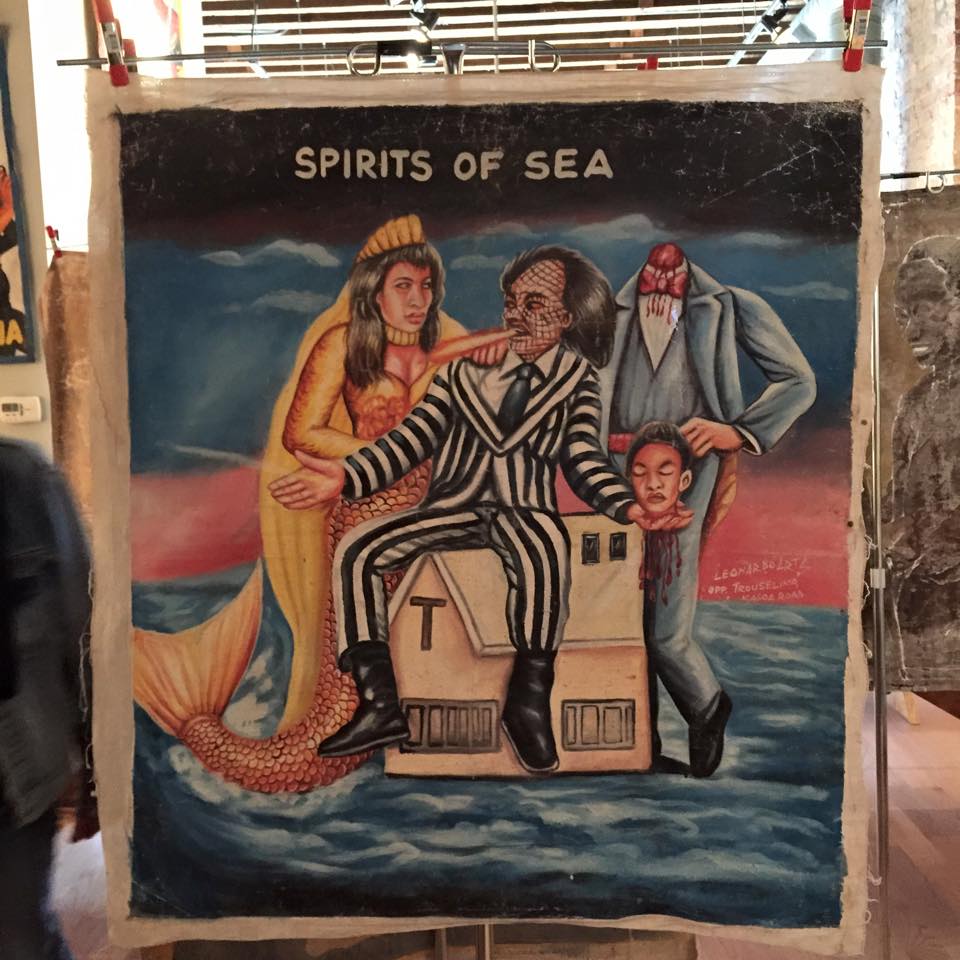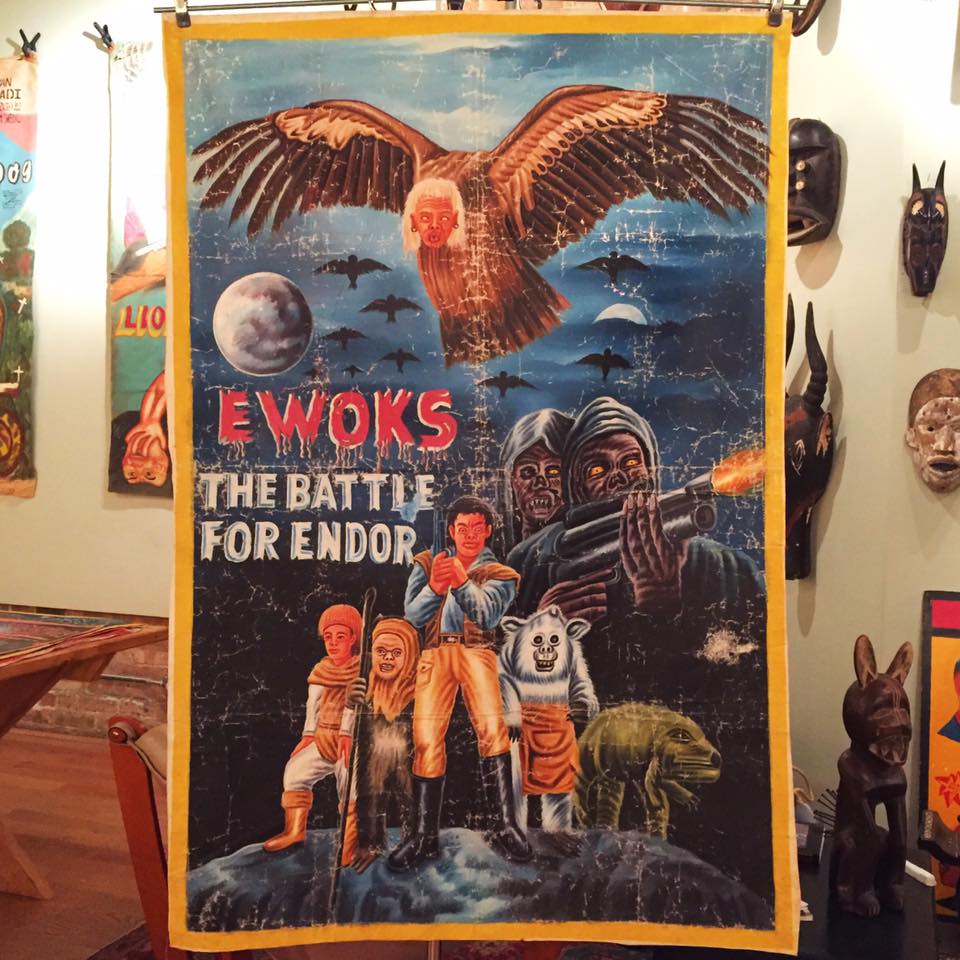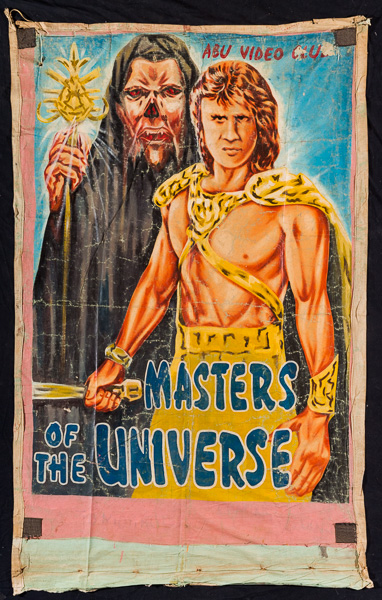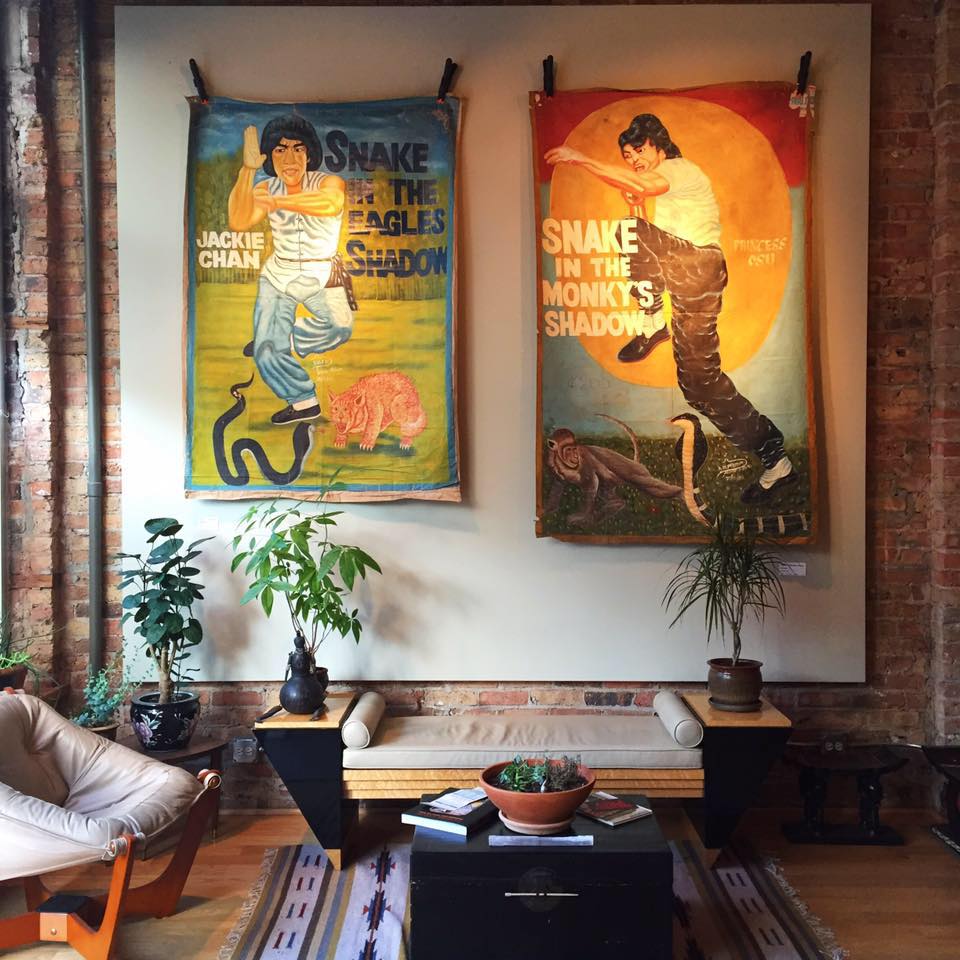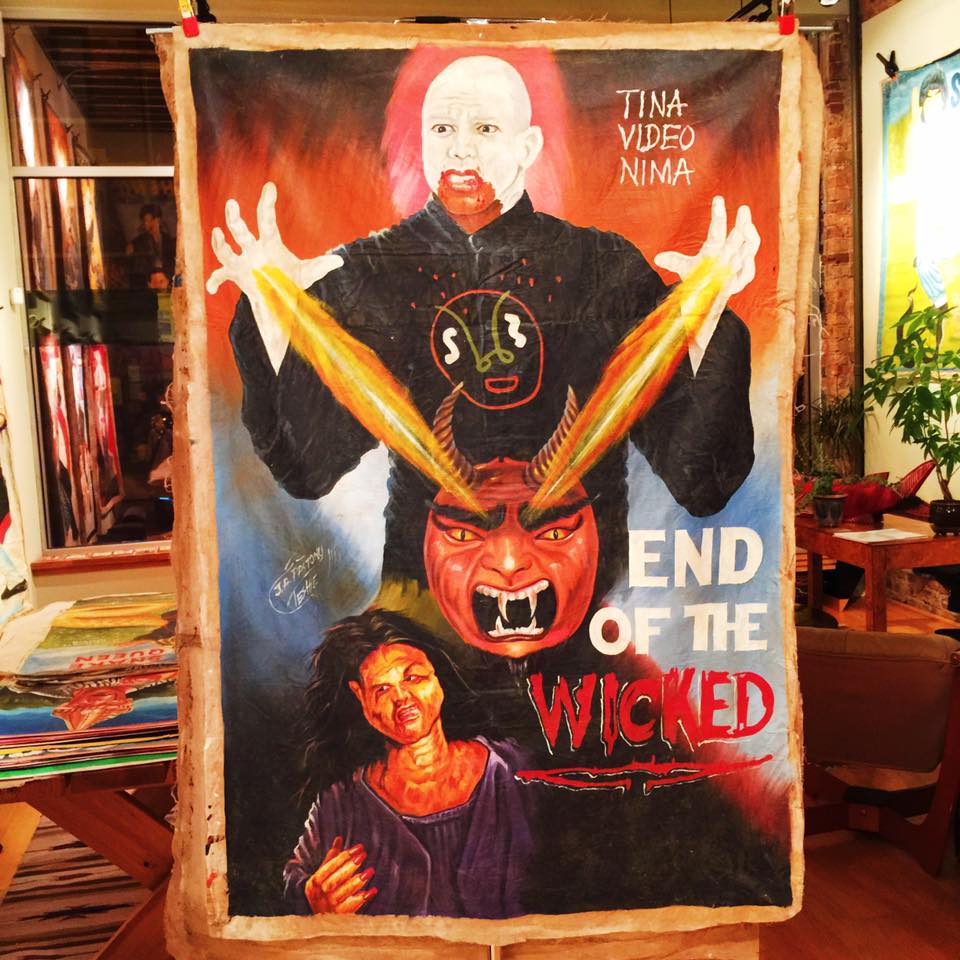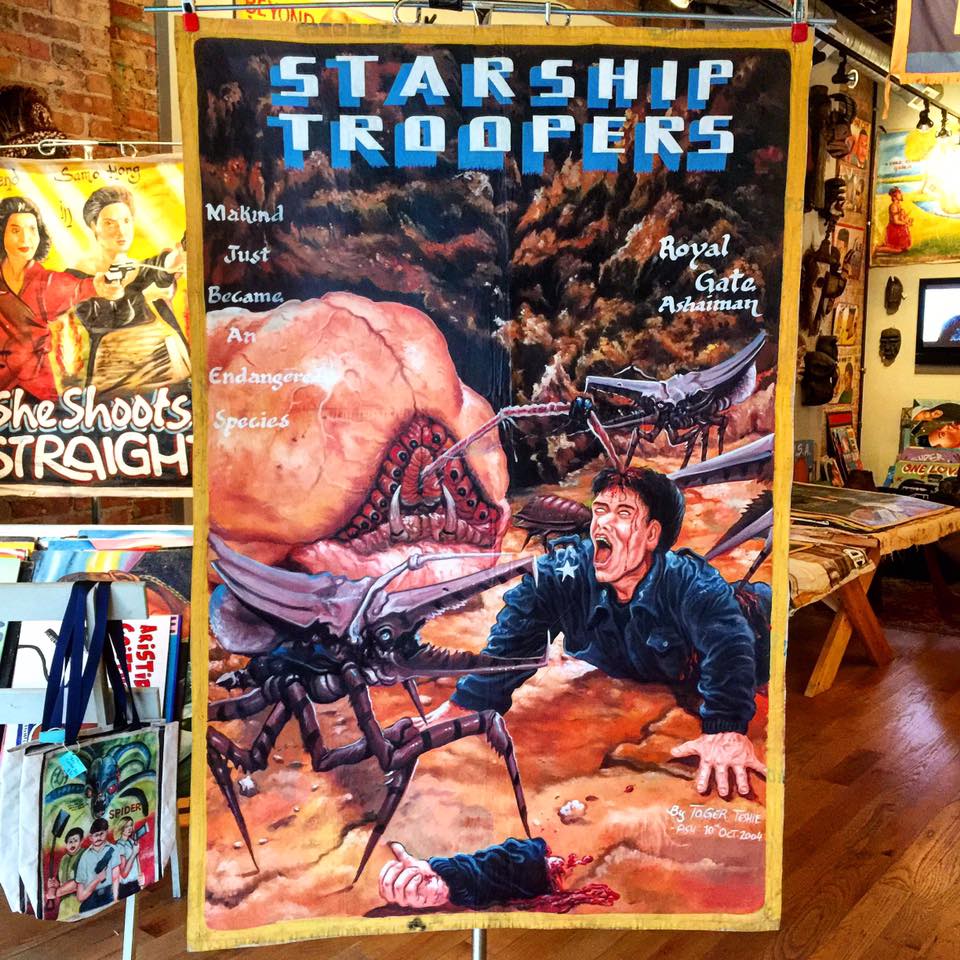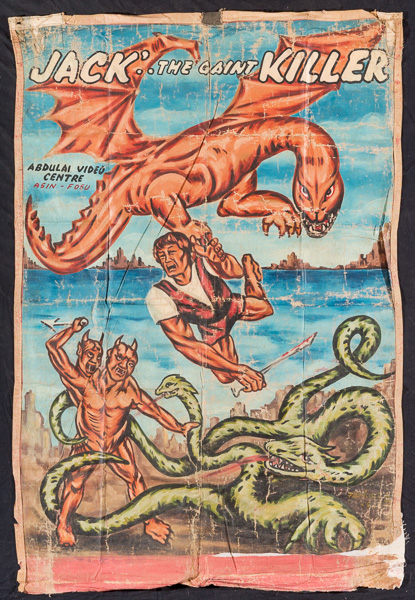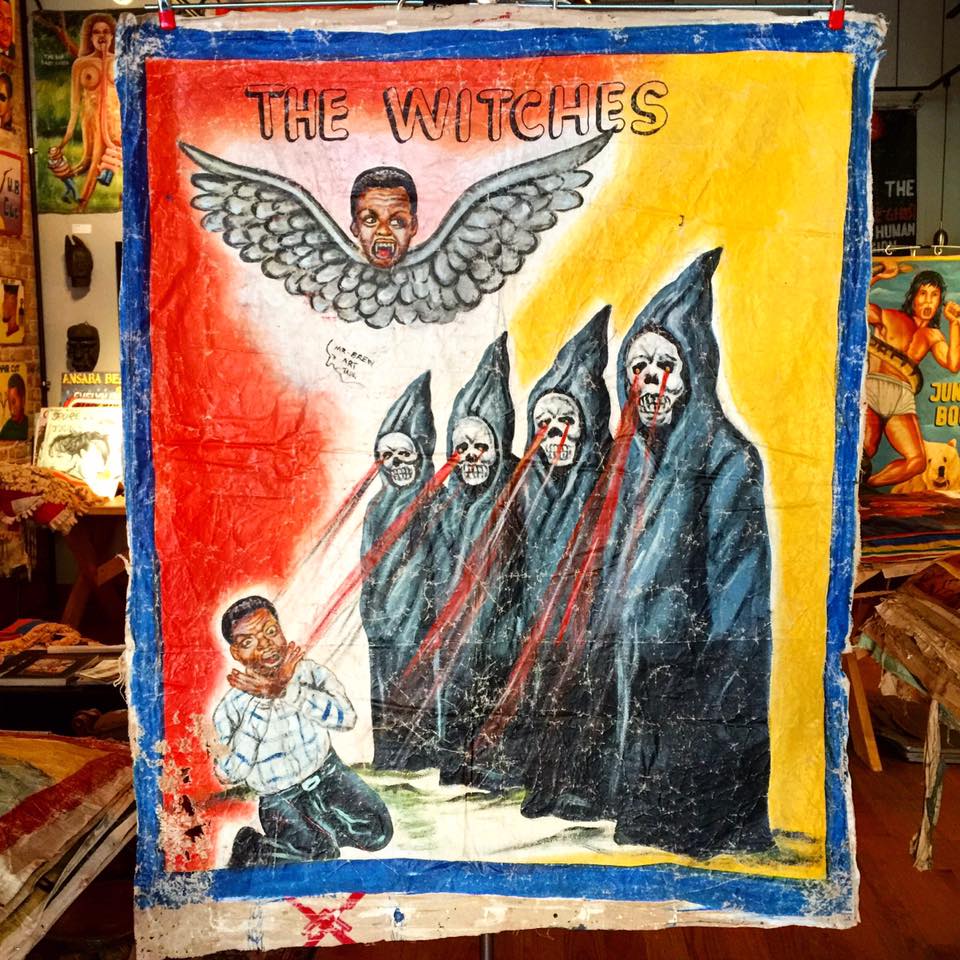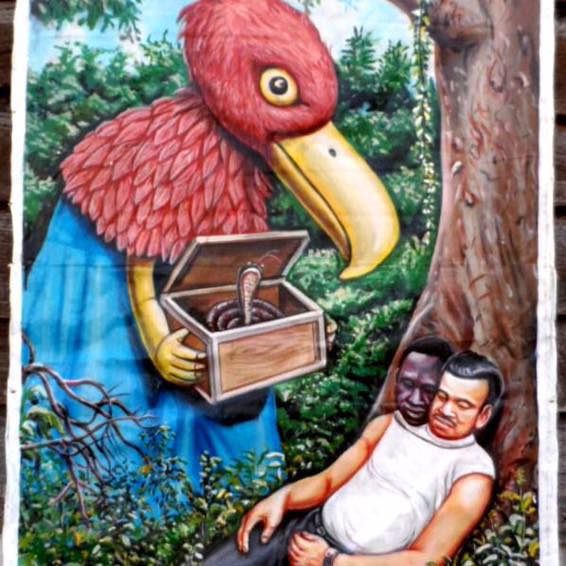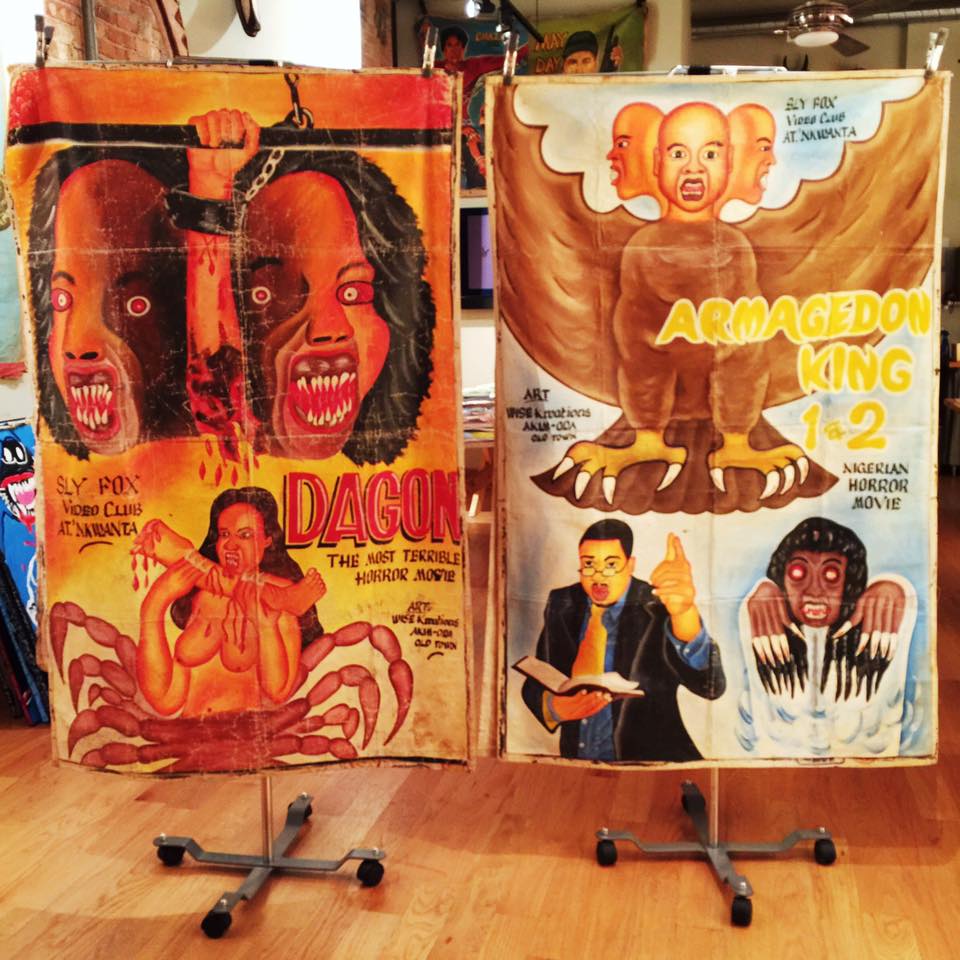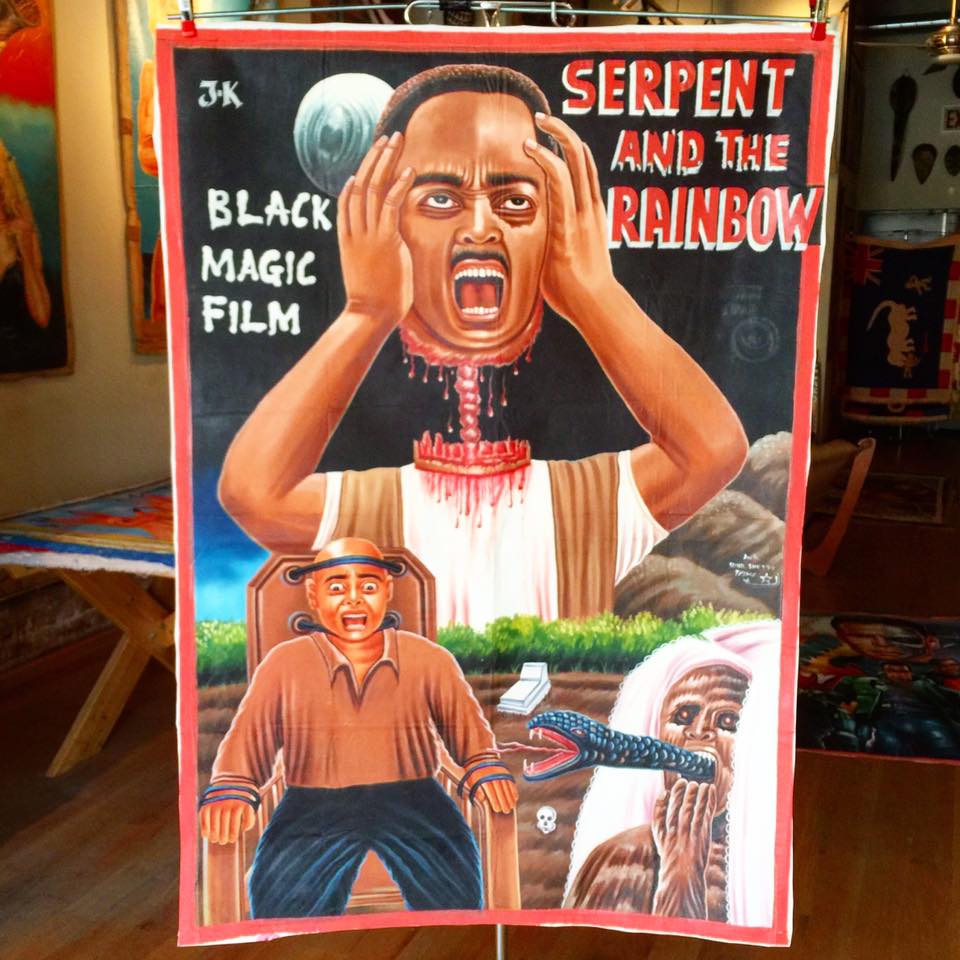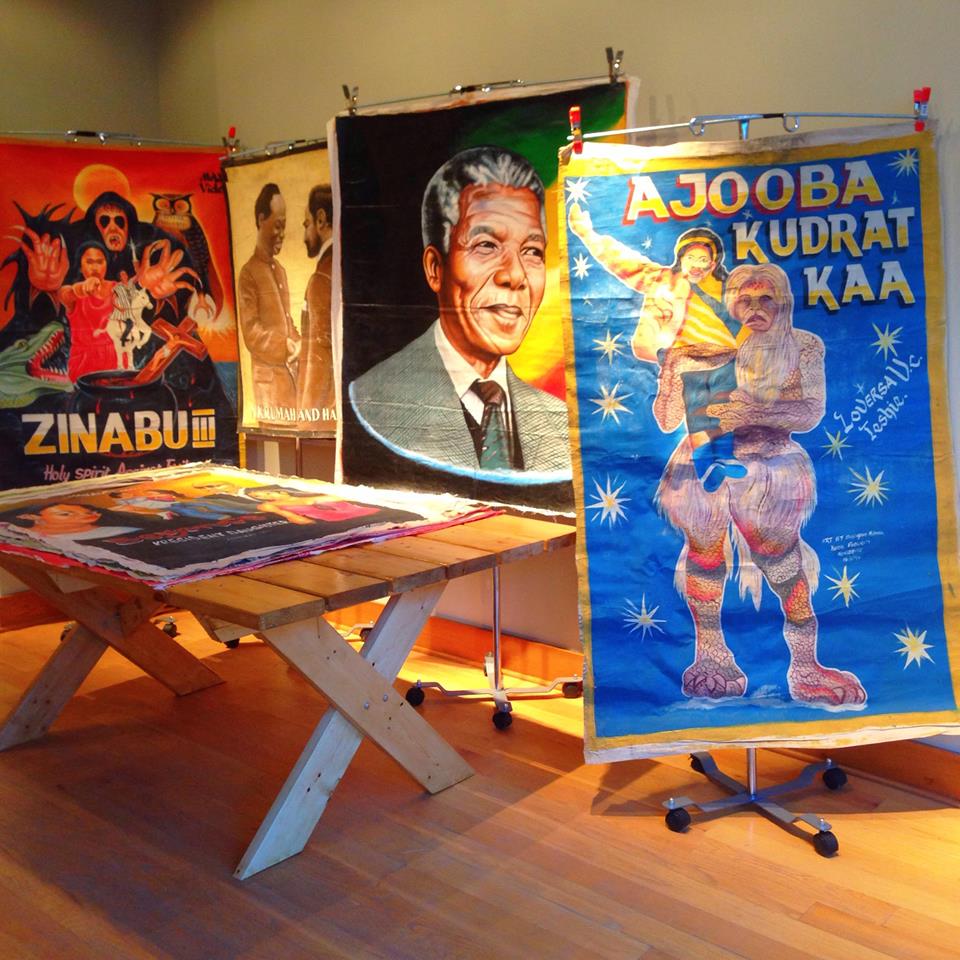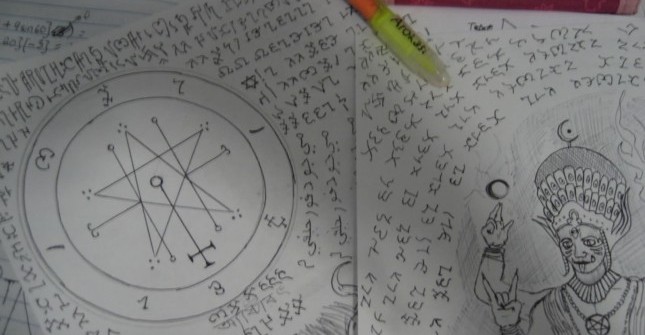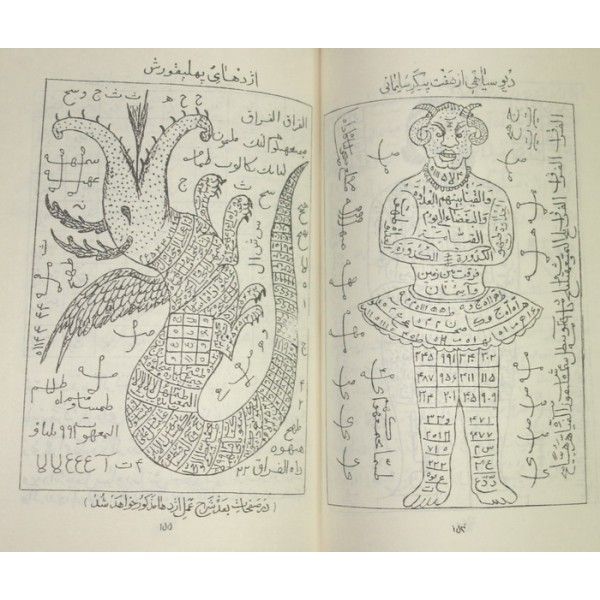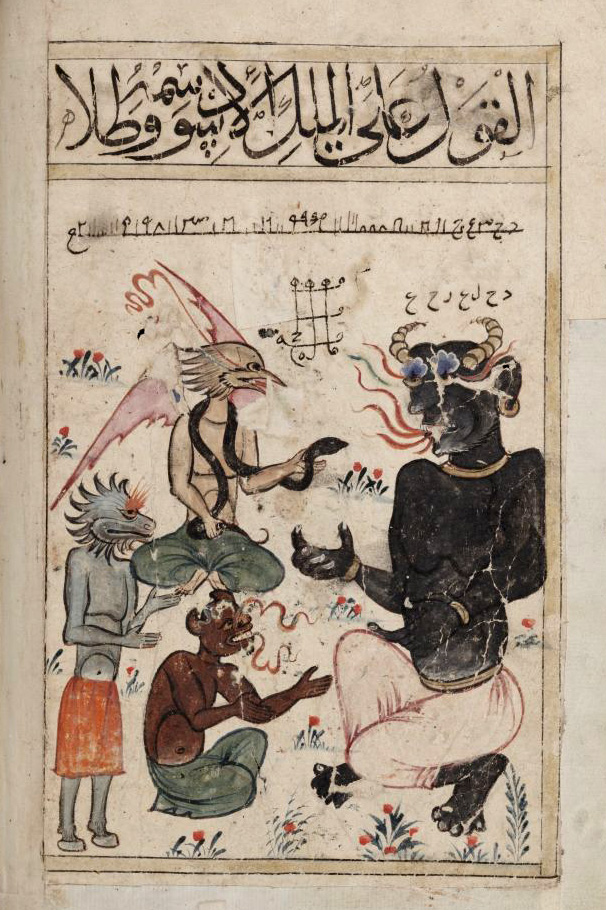From scarification to the ideal male and female, discover what Westerners get wrong about how Sub-Saharan sculptures and other works of art are viewed in their own cultures.
A ritual dance in Guinea, Africa features a Baga nimba or d’mba headdress, seen in the upper right corner, which represents the ideal fertile woman.
Westerners have collected African art for centuries. But do they really understand it? Who determines what is beautiful and what is ugly in African art? Can viewers judge art solely by the standards of beauty in their own culture?
That’s the question a recent exhibit at the Art Institute of Chicago sought to answer. The collection was massive, taking up six or so rooms, filled with over 250 works of art from dozens of cultures across Sub-Saharan Africa.
The idea is to put art in its cultural context. How did the local communities view these works of art? And how were they used?
“For some African cultures, scarification, including on the face, is a way to enhance someone’s beauty — especially that of a woman. ”
There’s often a religious aspect to these works. “So the art is not made just to be art,” says Constantine Petridis, chair and curator of arts of Africa at the Art Institute. “It’s art that serves a purpose, serves a function and has a meaning. And that contributes in a very deep and integral way to the survival and the wellbeing of both individuals and societies.”
Much of this art is literally thought to save lives: It guards ancestors’ remains or fends off evil spirits.
A Mangbetu woman in 1913 wearing a halo hairstyle with ivory pins, popular in the Democratic Republic of the Congo
African Art Viewed Through an African Lens
It’s time we reevaluated standards of beauty — and understood that what’s attractive or powerful to a Western audience could be very different than that of a Sub-Saharan group.
“The hope is also to erase prejudices and preconceived notions that have, for a very long time, prevented people from appreciating this art,” Petridis says.
Let’s take a look at some of the commonalities found throughout African art — and see that beauty is more than skin deep.
Male guardian reliquary figures with the heads of children but muscular bodies of adults. Teeth have been sealed behind the eyes to help the statues act as intermediaries with ancestors.
Masculinity is depicted with youthful, muscular bodies and large hands and feet.
In many African cultures, the ideal male figure is tall and lean, with long limbs, an elongated neck and muscular calves. Why? These physical attributes are deemed necessary to transport heavy loads on the head and to work hard in the fields.
“A youthful appearance in general connotes fertility and also good health and the capability of doing hard work,” Petridis says.
Large hands and feet are seen as representing the energy and endurance needed on a hunting expedition.
A statue of the Chokwe mythological hero Chibinda Ilunga, a legendary hunter, made in Angola in 1850
These physical characteristics are often depicted in African sculpture to emphasize physical prowess — essential in a society where men are responsible for hunting, farming and other demanding activities.
A ndop portrait figure of King Mishe miShyaang maMbul, made about 1770 in the Democratic Republic of the Congo. The oversized head symbolizes intelligence.
Works of art depicting male beauty aren’t just for aesthetic appreciation, though; they serve a vital purpose.
“All of these attributes represent or express political and religious authority, and as such, these objects would have been placed on an altar to serve to fight physical as well as metaphysical threats,” Petridis adds.
A depiction of Kaatyeleo, the Ancient Mother, who nurses babies with the milk of knowledge and evokes authoritative power
The feminine ideal is voluptuous — big belly, rounded hips, a large butt — and sometimes sports a long neck.
The ideal female figure has been a subject of fascination and inspiration for artists throughout history, and African art is no exception. In African sculpture, the ideal female figure is often depicted as having a curvaceous body with wide hips and full breasts. These features are seen as symbols of fertility, femininity and maternal strength.
A portrait of a queen, the wife of King Njike, from early 20th century Cameroon. It once stood in front of the royal palace.
While the exact proportions of the ideal female figure vary between African cultures, there are some common elements frequently seen across the continent. For example, in West Africa, the ideal female figure is often portrayed with a prominent belly and rounded buttocks, while in East Africa, the focus is more on the breasts and elongated neck.
The curvaceous figure of the ideal woman is seen as a reflection of her role as a caretaker and nurturer, responsible for raising healthy children and maintaining a strong family.
An ikam crest mask from Nigeria depicts the fantastical hairstyles girls had created for their initiation into womanhood. Incidentally, these “beautiful maiden” masks were worn by men.
Female figures are frequently depicted with intricate hairstyles and elaborate jewelry, which are seen as a reflection of high status and beauty.
A mwana pwo or pwo mask from Angola is more realistic than other depictions of beauty in African art. It features elements a Westerner wouldn’t consider attractive, including extensive scarification and chipped teeth.
Scarification is considered beautiful.
This particular aspect of beauty is probably the most difficult for Westerners to grasp. (Then again, look at our obsession with tattoos.) Scarification, a form of body modification that involves creating designs or patterns on skin by cutting or branding, has been practiced for centuries.
Originally used as a post on a veranda in Nigeria, this carving is of a senior royal wife was created by a famous artist, Olówé of Ise. The scarification indicates her high status.
For some African cultures, scarification, including on the face, is a way to enhance someone’s beauty — especially that of a woman.
Ogo Esu, god of the marketplace, the only orisha, or deity, consistently represented in human form. In Nigeria, his followers would dance with a staff like this, which has a phallic headpiece and cowrie shells associated with wealth.
Morality is synonymous with beauty.
In many African cultures, the concept of beauty is closely tied to morality and ethics. This is reflected in the use of a single word to describe both beauty and goodness. Likewise, the same word is often used to convey ugliness and immorality, highlighting the deep connection between physical appearance and moral character.
A mbwoongntey, a cup used for palm wine in the Congo
Smooth skin is attractive.
While scarification has been a long-standing tradition in African art, the idea of smooth skin as a standard of beauty is also prevalent. In many African cultures, smooth, flawless skin is considered attractive, healthy and a sign of good hygiene. To achieve that look, some sculptures are polished to a bright shine using leaves or stones.
But the idea of beauty extends beyond the individual. “A smooth surface is a metaphor for smooth, harmonious social relationships,” Petridis explains.
On the flip side, crusty, rough surfaces are seen as ugly.
A group of dancers from Guinea wearing Bamana Komo helmets with elements from the hyena, a nighttime scavenger.
Ugliness is tied to nature, the wilderness and animals, whereas beauty is connected to humans, the village and community.
Nature spirits are thought to cause misfortune, illness and even death. Some sculptures were designed to be so strikingly beautiful they would lure in spirits, and the figure would take possession of them, avoiding the trouble they would have otherwise caused.
“The sculpture becomes an abode, a home for the spirit, and it will receive offerings in order to keep it happy, and therefore remedy the problem in question,” Petridis explains.
This Baule monkey figure from the Côte d’Ivoire features a baboon-headed man representing a bush spirit and untamed wildness.
There’s a duality common throughout Africa: culture vs. nature, community vs. the wilderness. As such, idealized beauty is always presumed to be of human origin, associated with the realm of the village and society.
At the other end of the spectrum, ugliness correlates with the wild and untamed realm of the jungle outside the boundaries of the village. The works that are deliberately created to be ugly reflect the widely shared belief that coarse and asymmetrical animal-like forms correspond with bad character, malignant magic and death.
This dichotomy reflects the central role of community and social harmony in African cultures — and the threats that come from the untamed, uncontrolled and unpredictable aspects of nature.
This ngolo mask from the DRC features antelope horns to convey courage, while its protruding eyes signal aggression in the hopes of discouraging outsiders from approaching a boys’ training camp.
“Artists who intend to instill fear through their objects may represent ugliness by mimicking or referencing animals, especially powerful and fearsome ones,” Petridis says. “Additional features will be incorporated into fantastic compositions that comprise elements sourced literally from the natural world — actual animal parts: hides, horns, teeth, fur.”
Ugliness in African art has a power of its own. “They turn it into a dark, dangerous object, an object that inspires fear and terror and therefore also power and authority,” he continues.
Antelope horns sit atop a nkisi figure from the DRC that depicts a blacksmith from folklore. It held great power and was created to protect an entire village.
Some art has elements of both beauty and ugliness and is meant to astonish.
Petridis refers to this as “awesome art,” what Westerners might call the sublime. They are meant to both fascinate and terrify.
Nails are driven into a nkisi nkondi, like this one from the DRC, to atone for transgressions. If someone breaks an oath made to the figurine, it’s said to come to life to mete out justice.
“In a literal sense, it refers to objects that are meant to be awe-inspiring. They will literally stop you in your tracks,” he says. “And these objects are considered to be both beautiful and ugly, both terrorizing and attractive at once.”
A large d’mba shoulder mask used during ceremonies features scarification and pendulous breasts — aspects of the feminine ideal among the Baga people of Guinea.
Beauty Is in the Eye of the Beholder
When judging African art, see where there are overlaps or differences from your own preconceived notions, Petridis suggests. Always keep in mind that African art should always be viewed through the language and vocabulary of the culture it comes from.
“Beauty is essential and important and critical in the arts of Africa as well,” he concludes. “But it’s not necessarily the beauty that you as an outsider would see in it.”
To avoid imposing your own tastes and preferences on art objects, you have to be open to learn and read about the culture in which they function, and what meanings and purposes they convey. And that new understanding is a thing of beauty. –Wally

